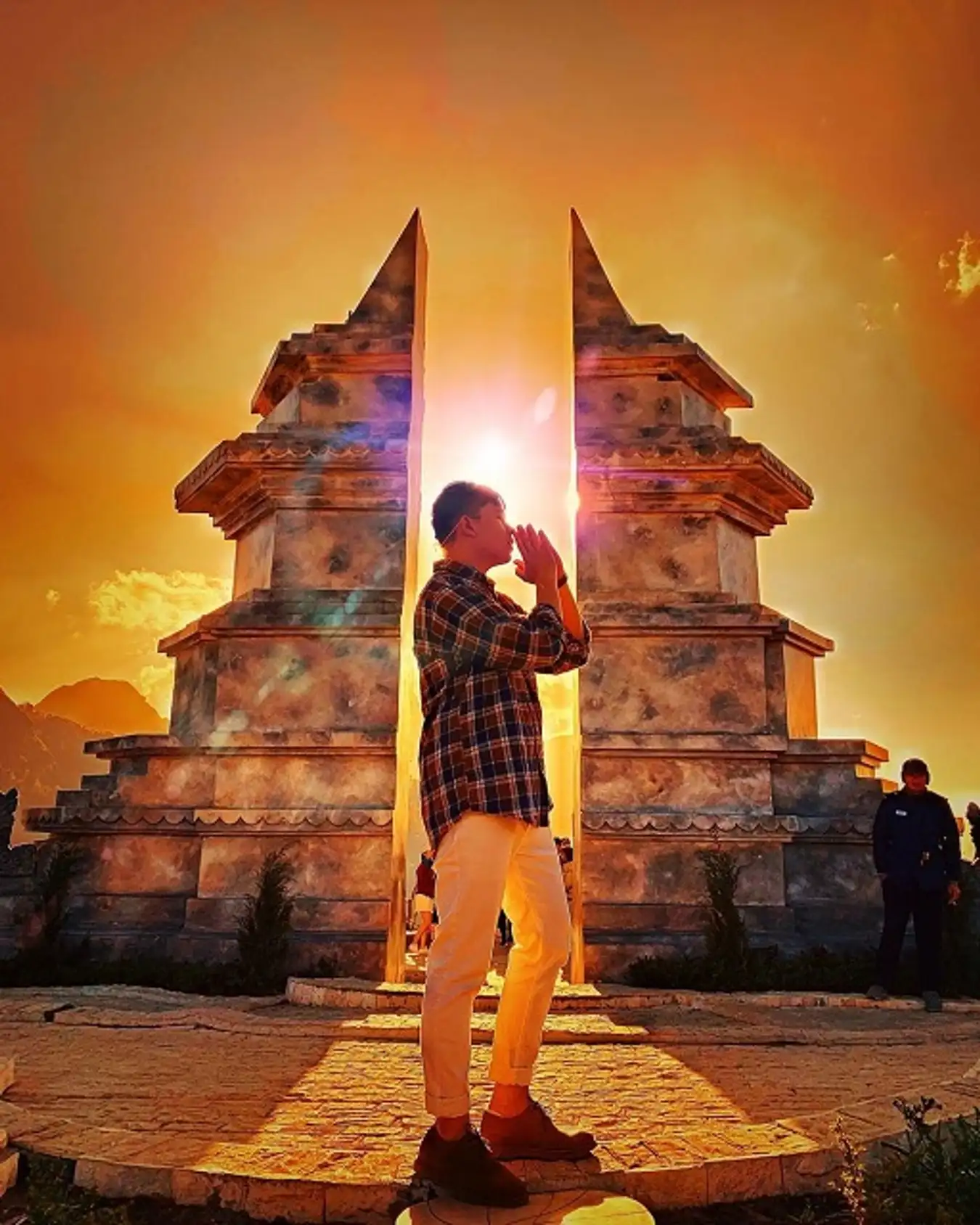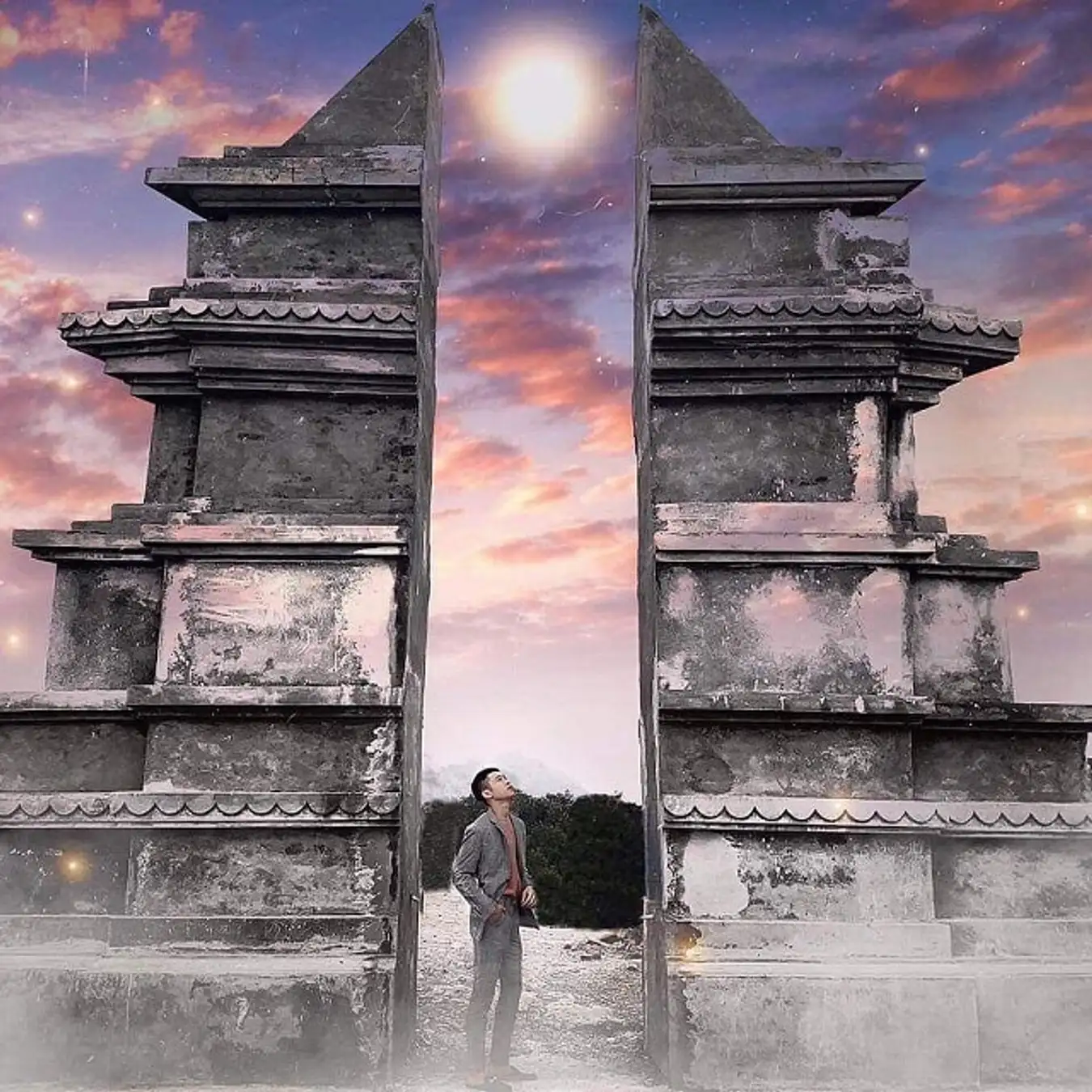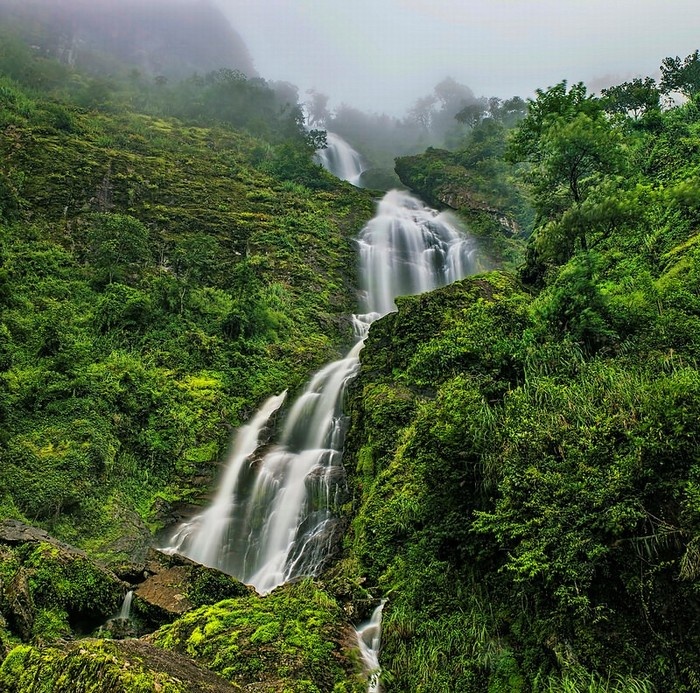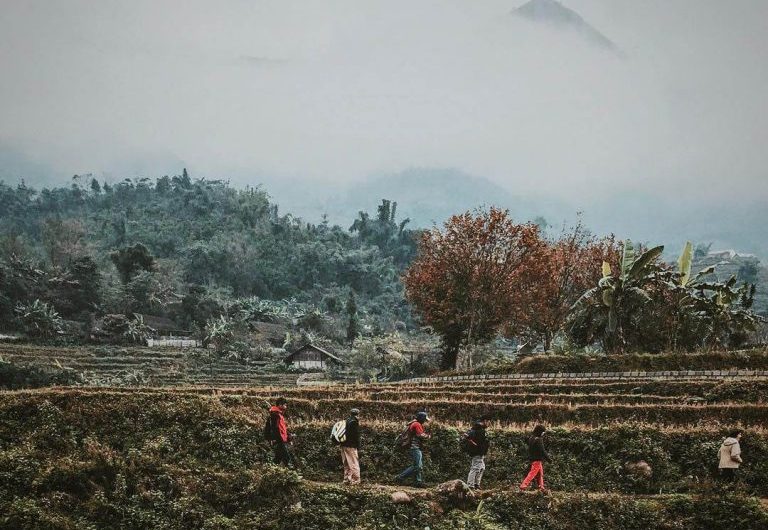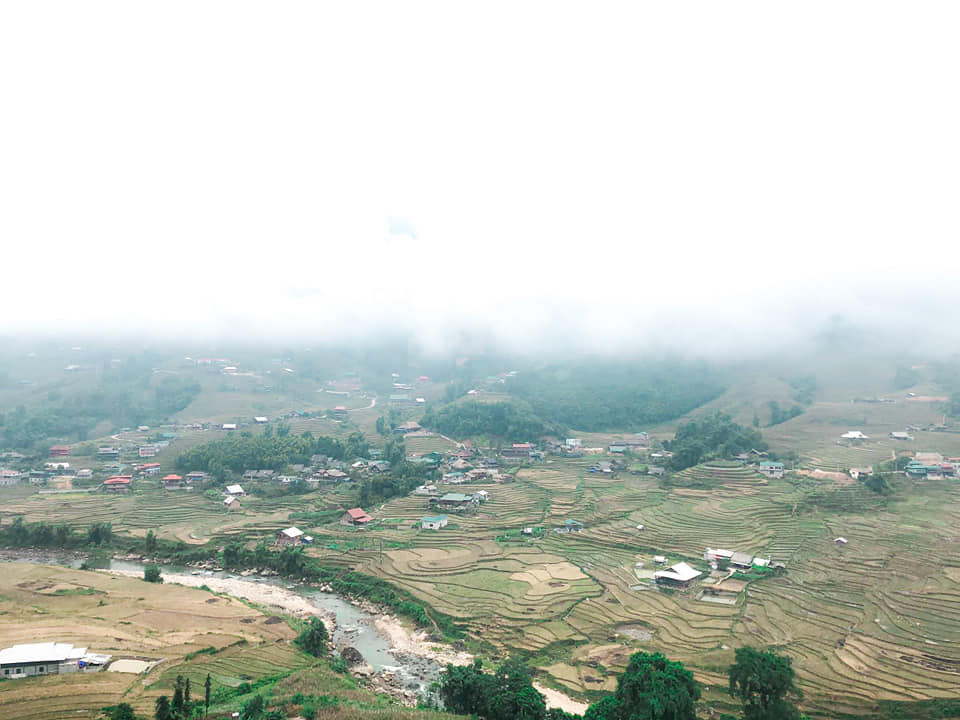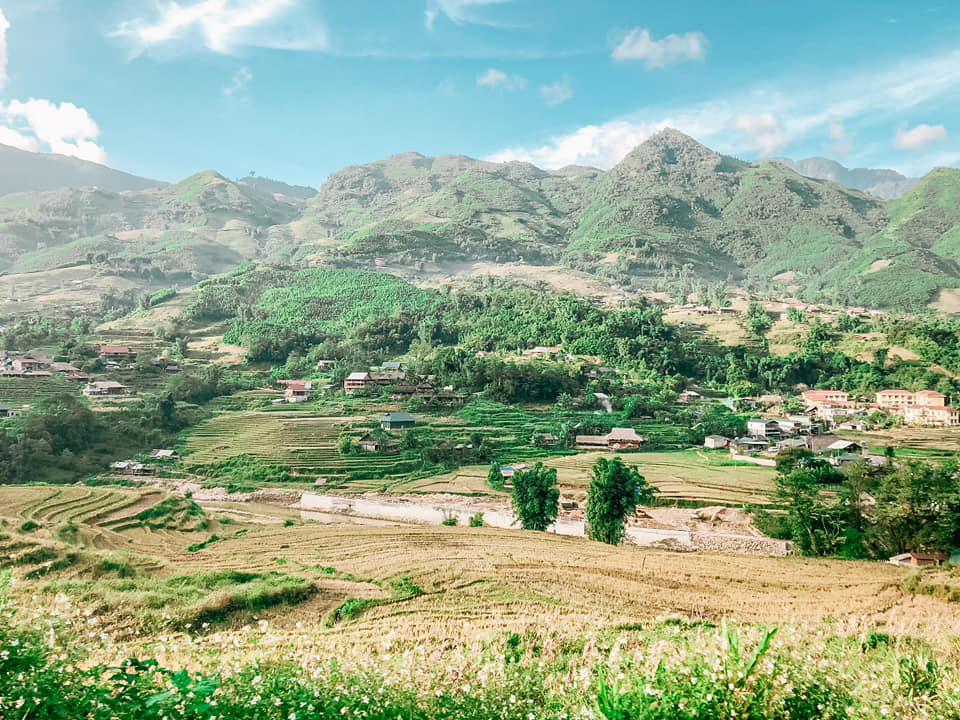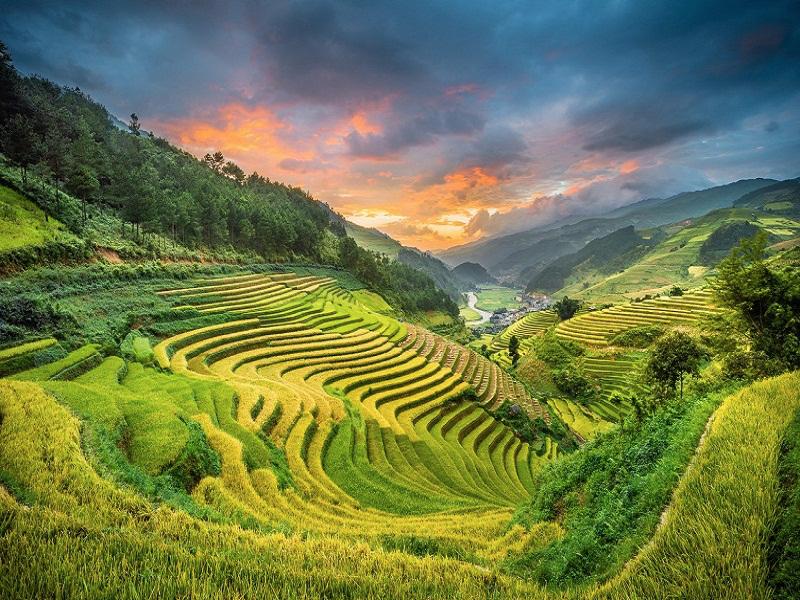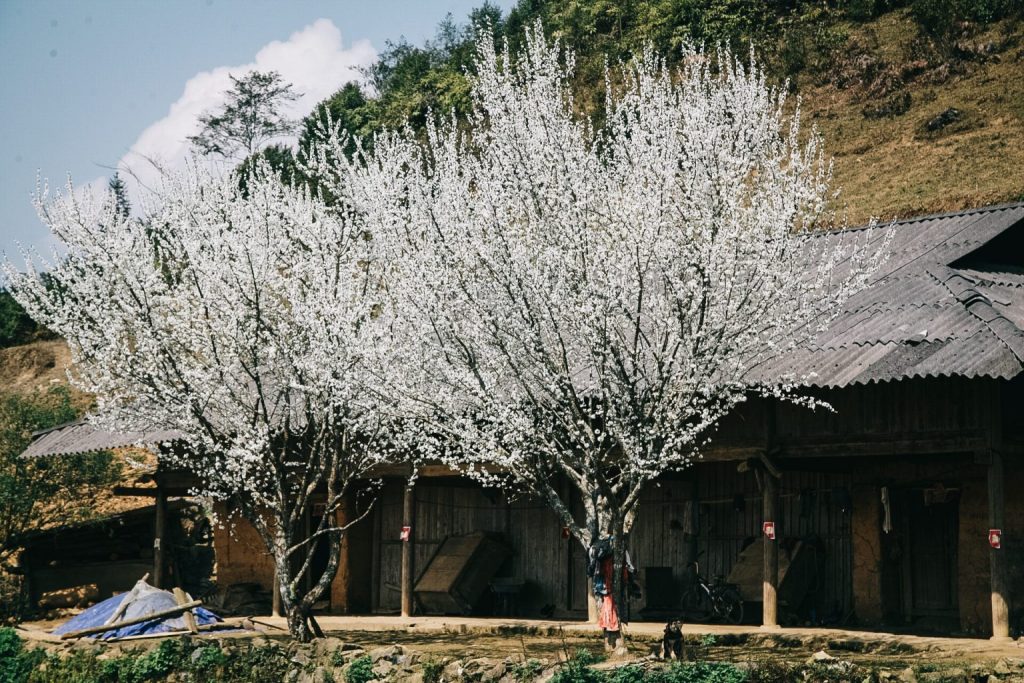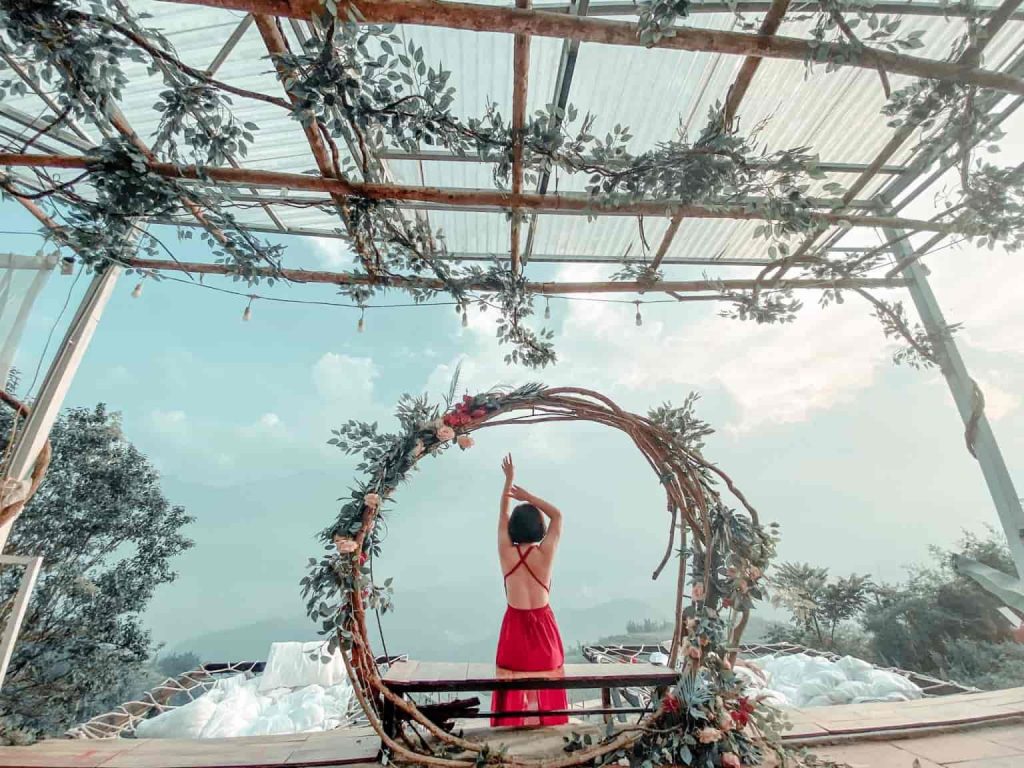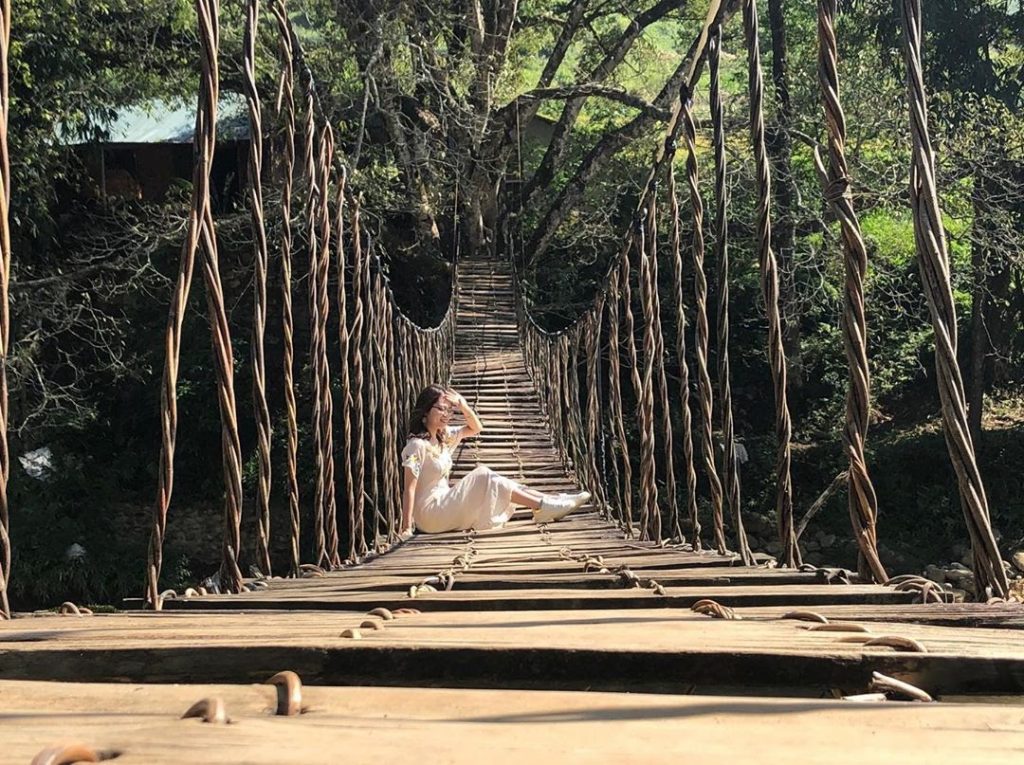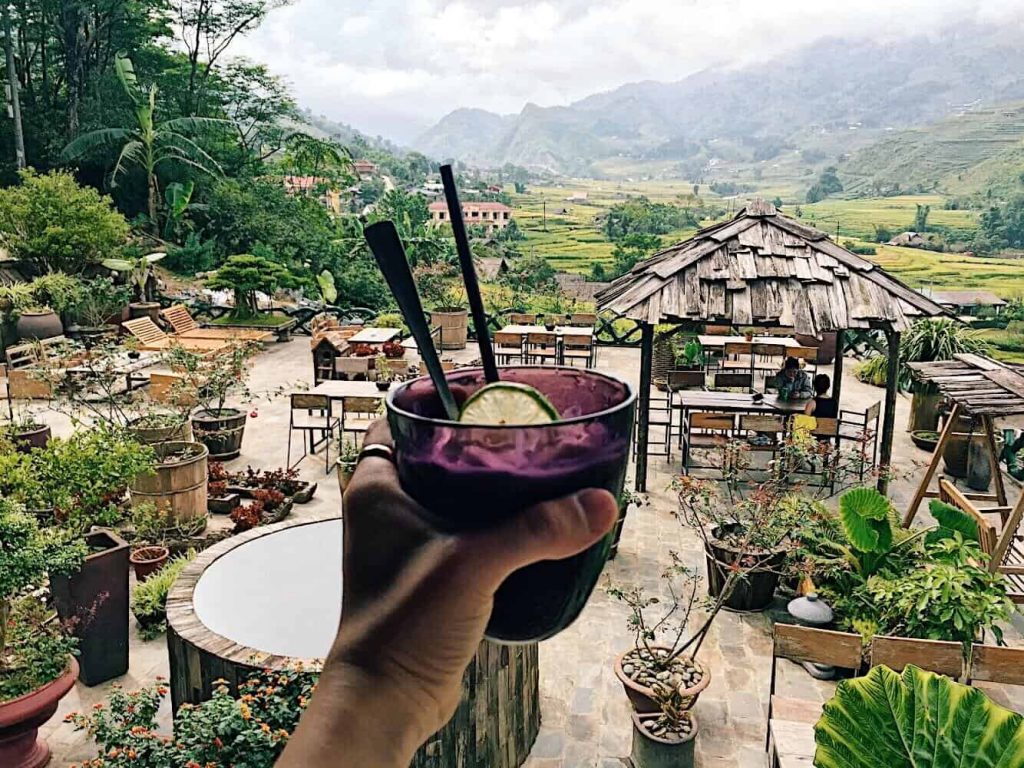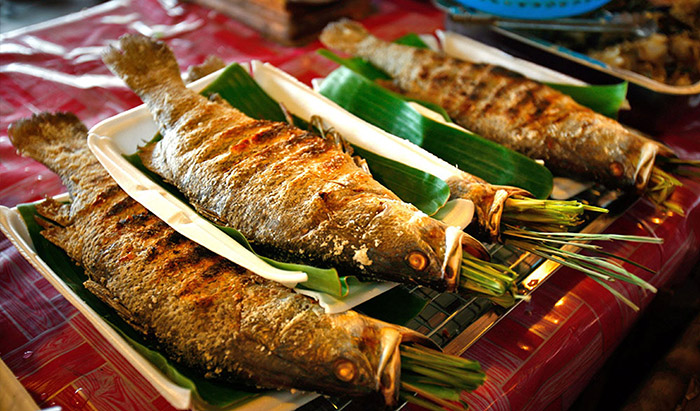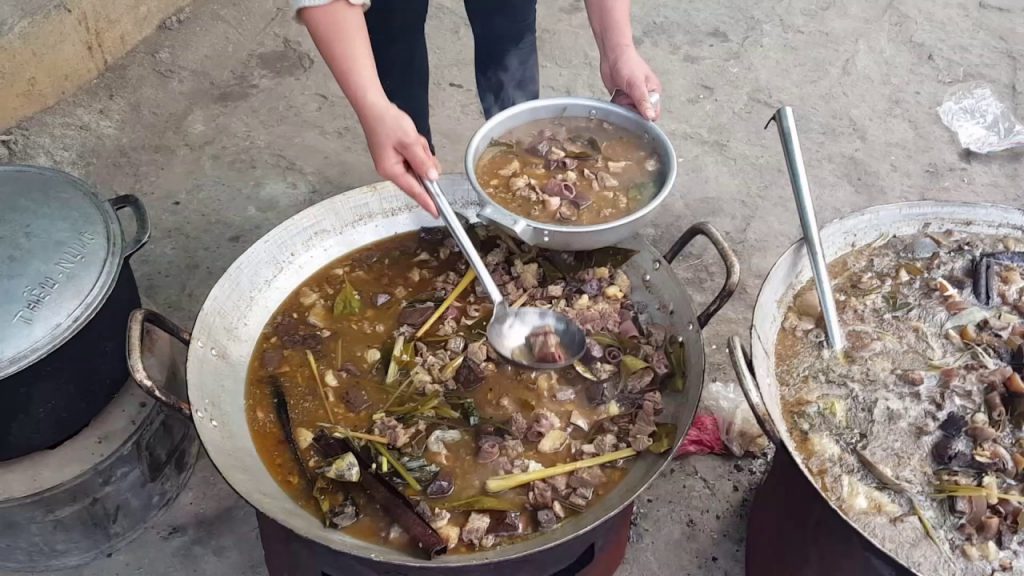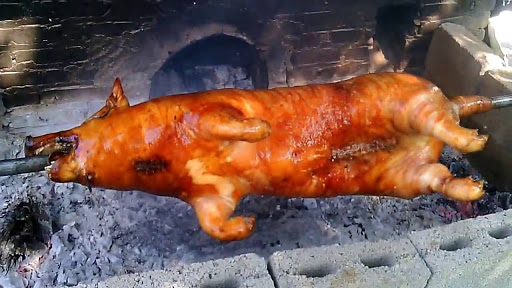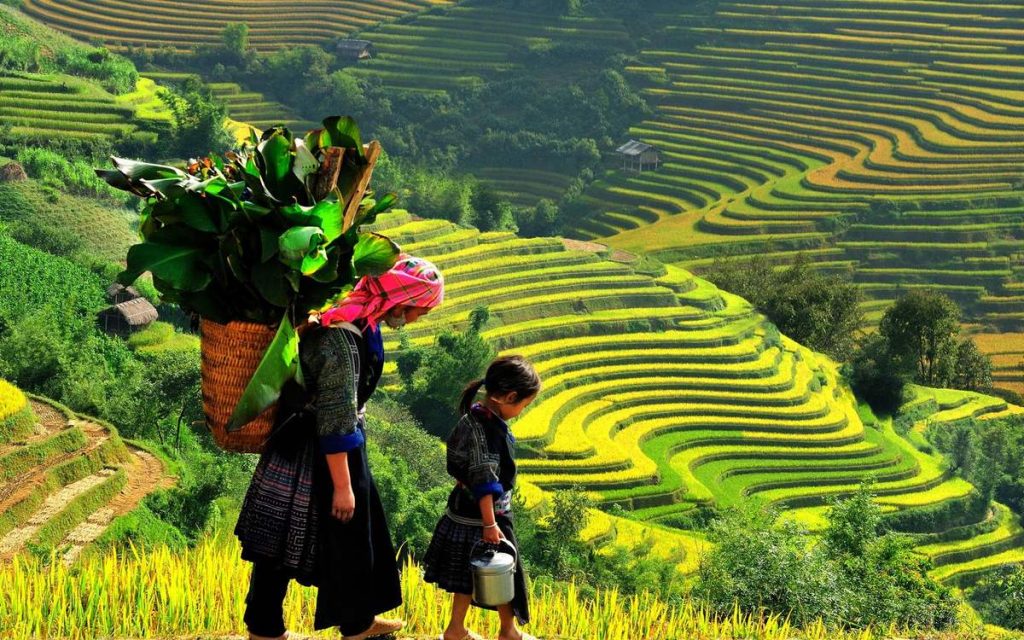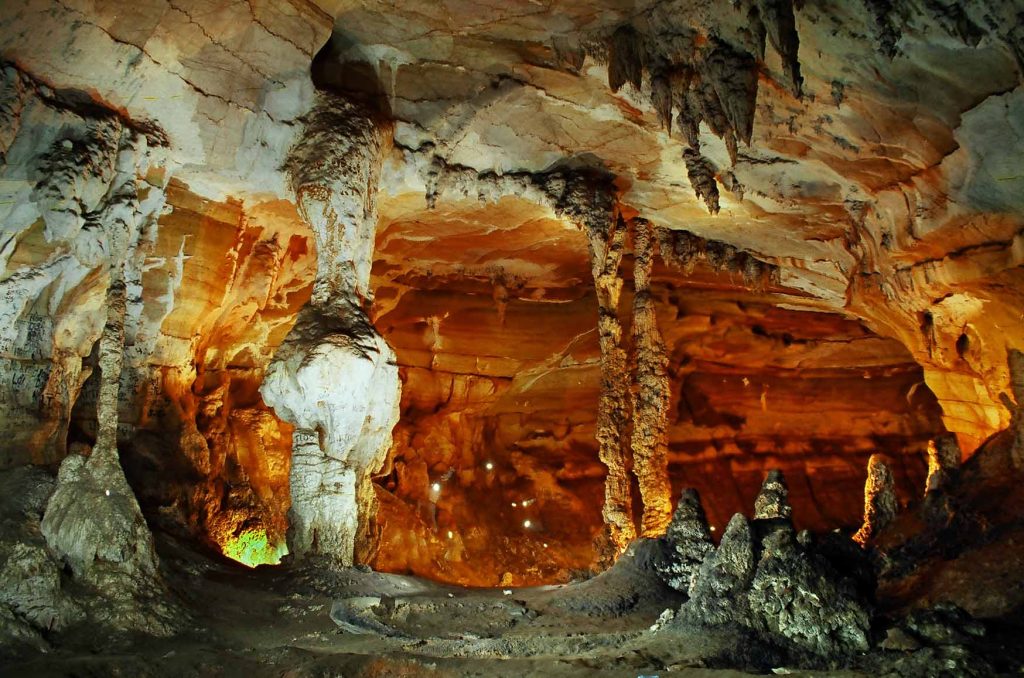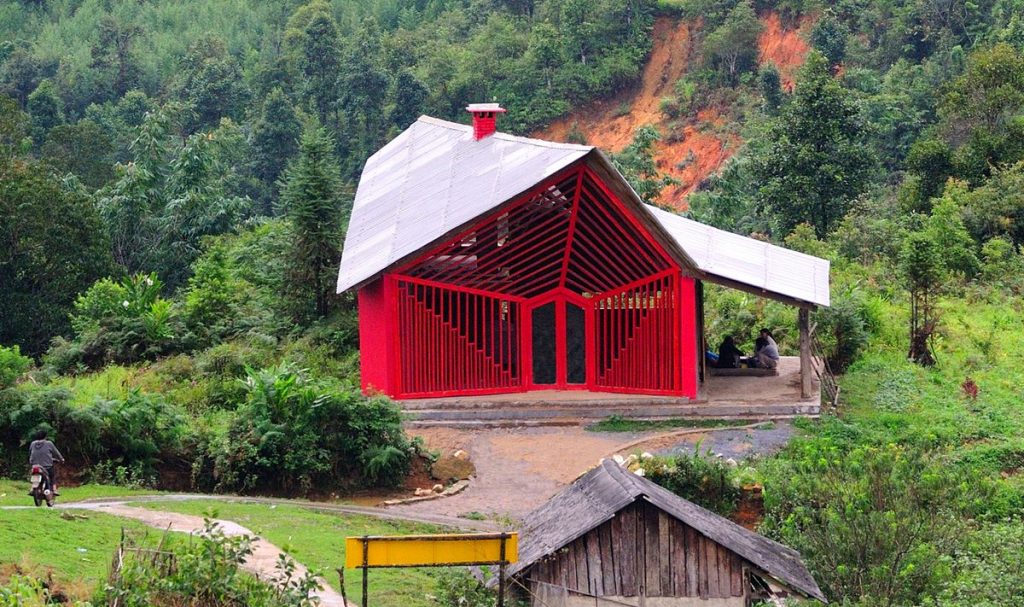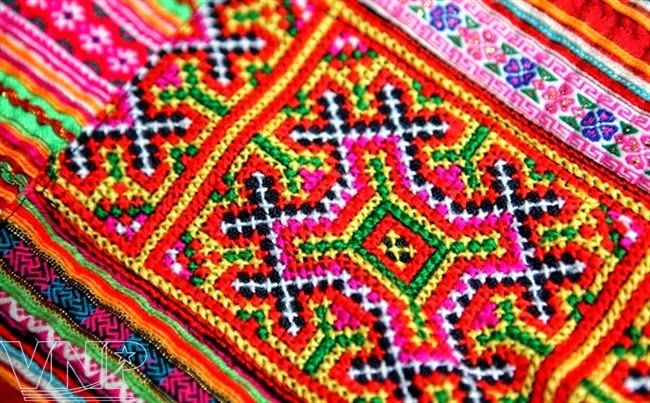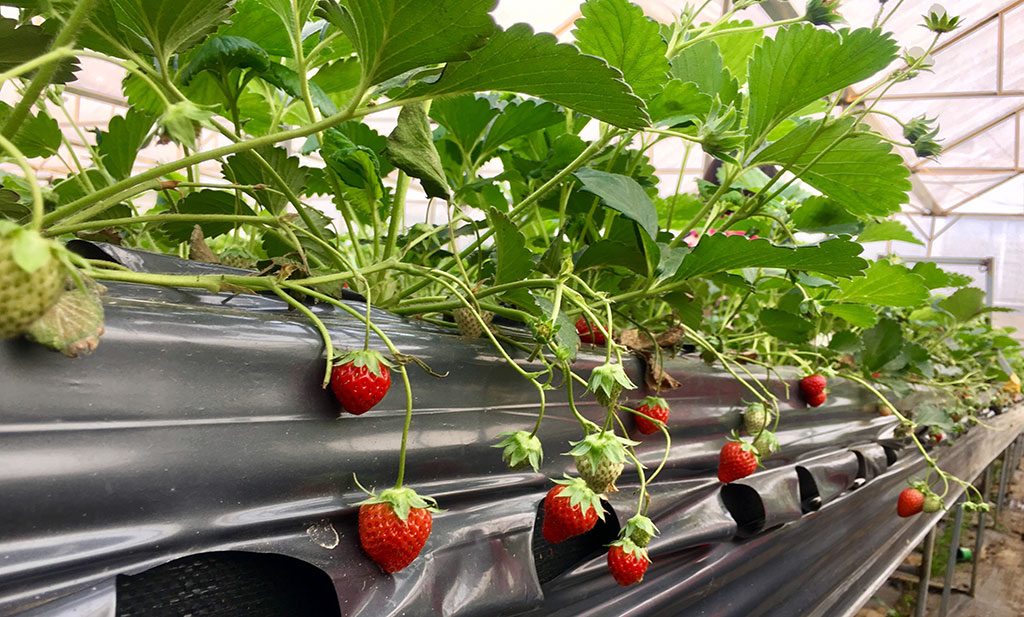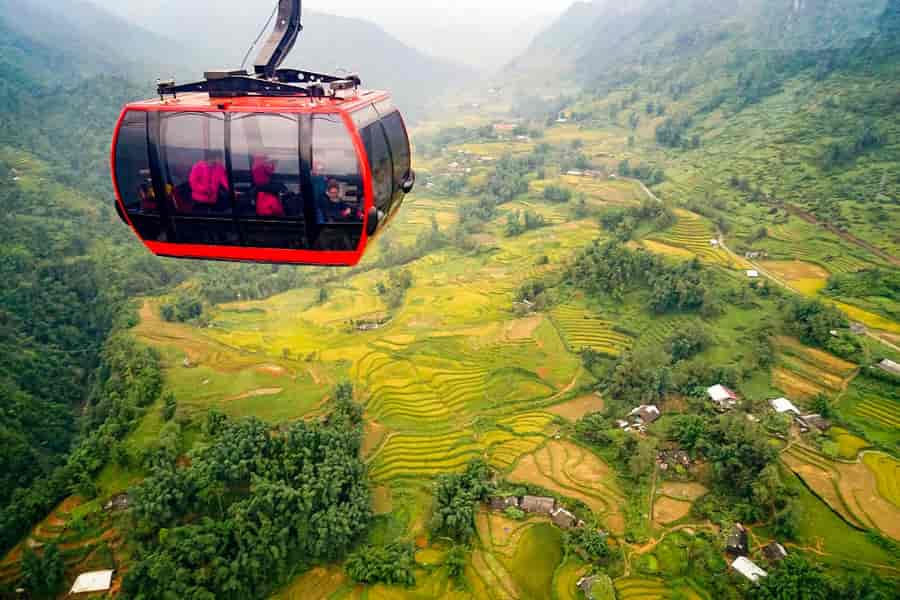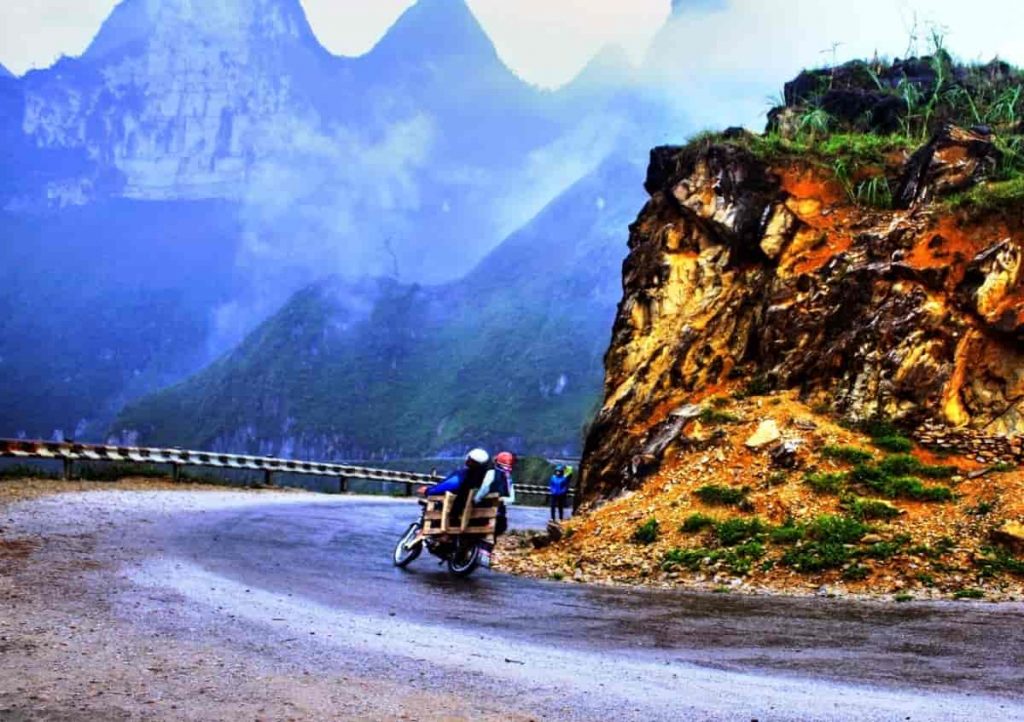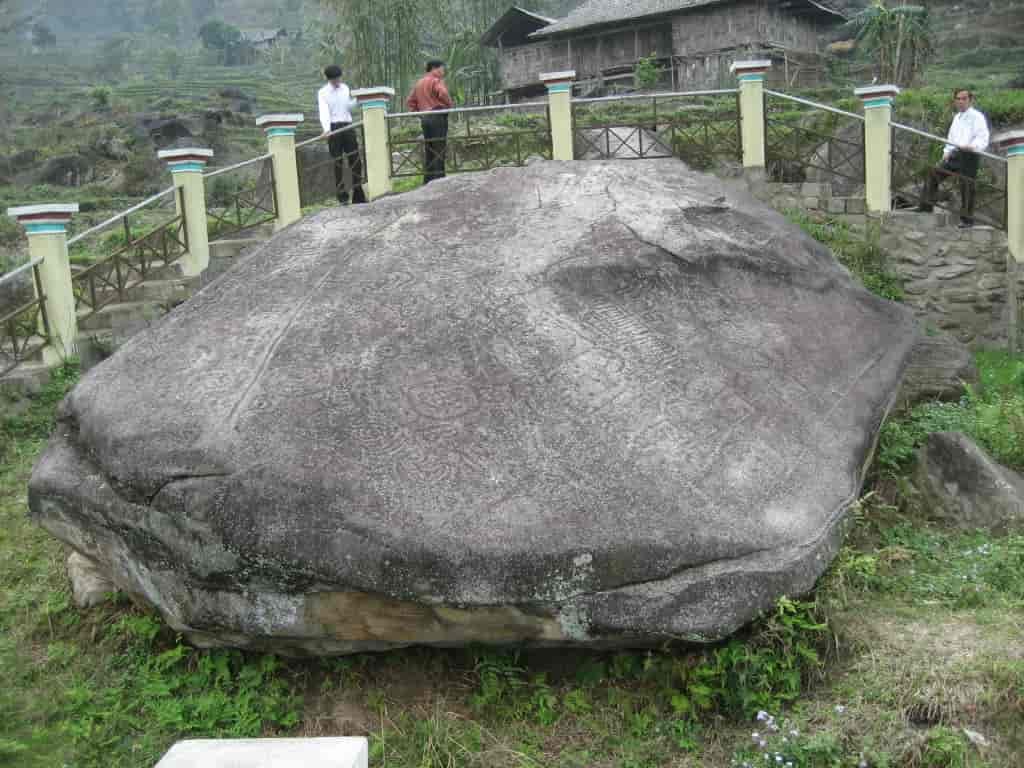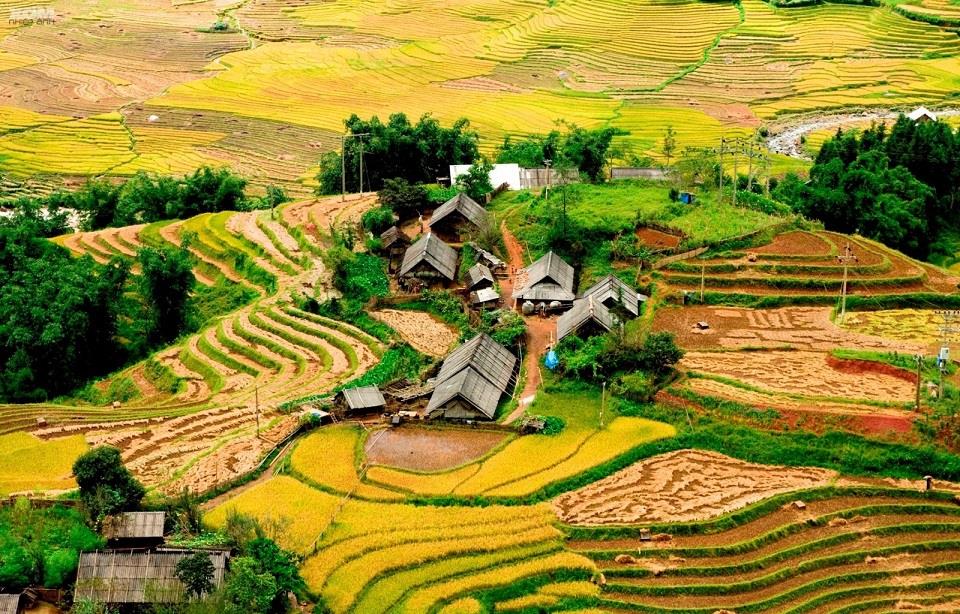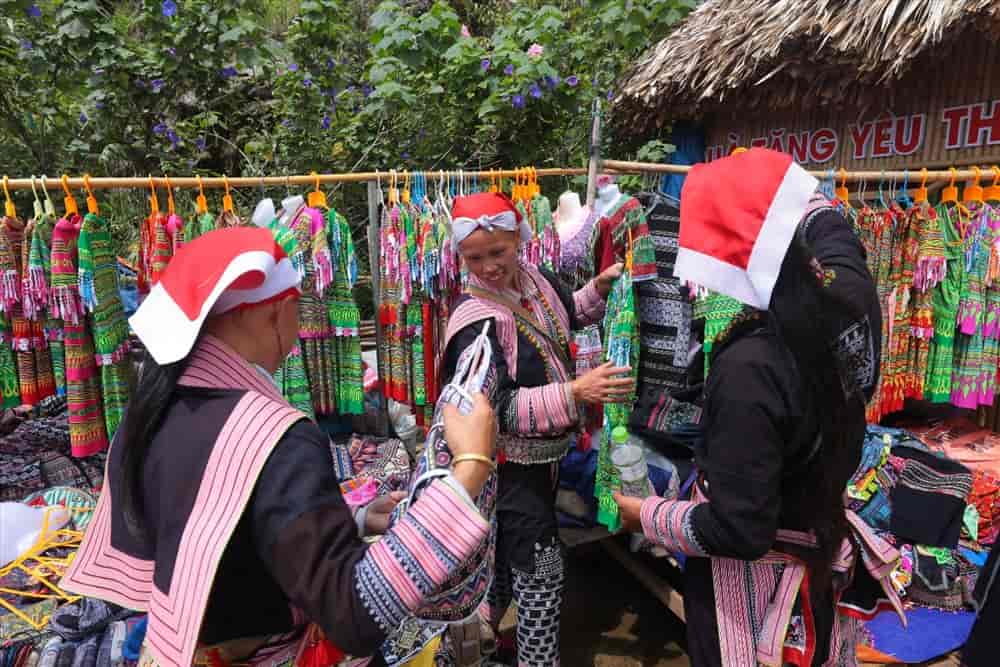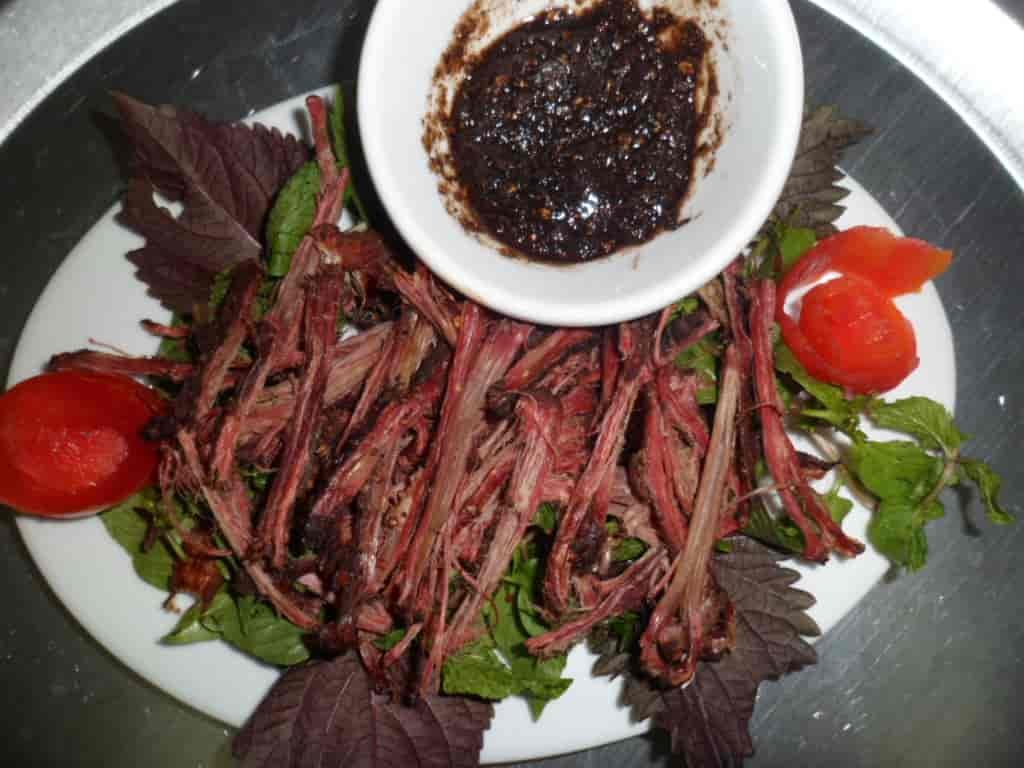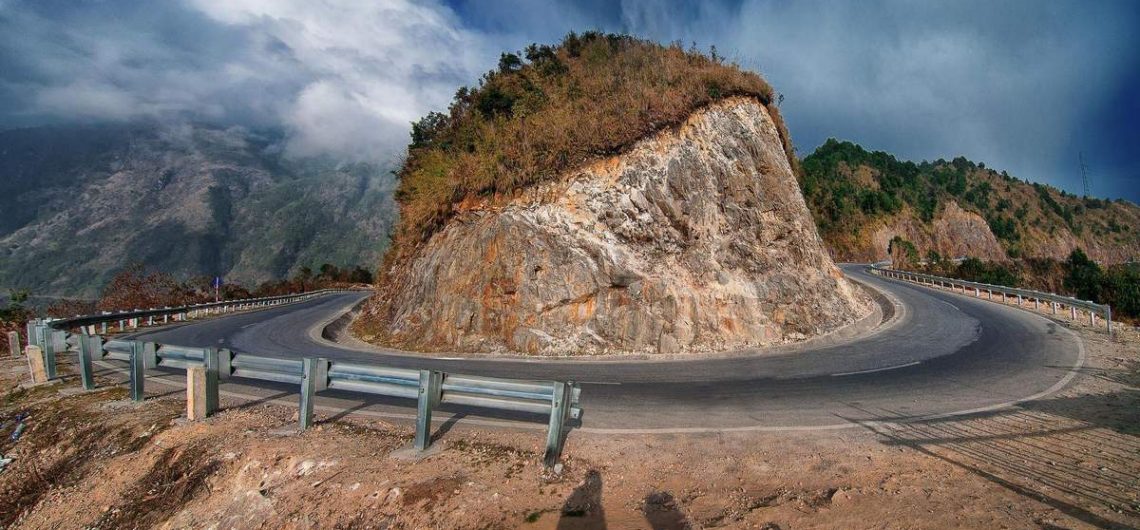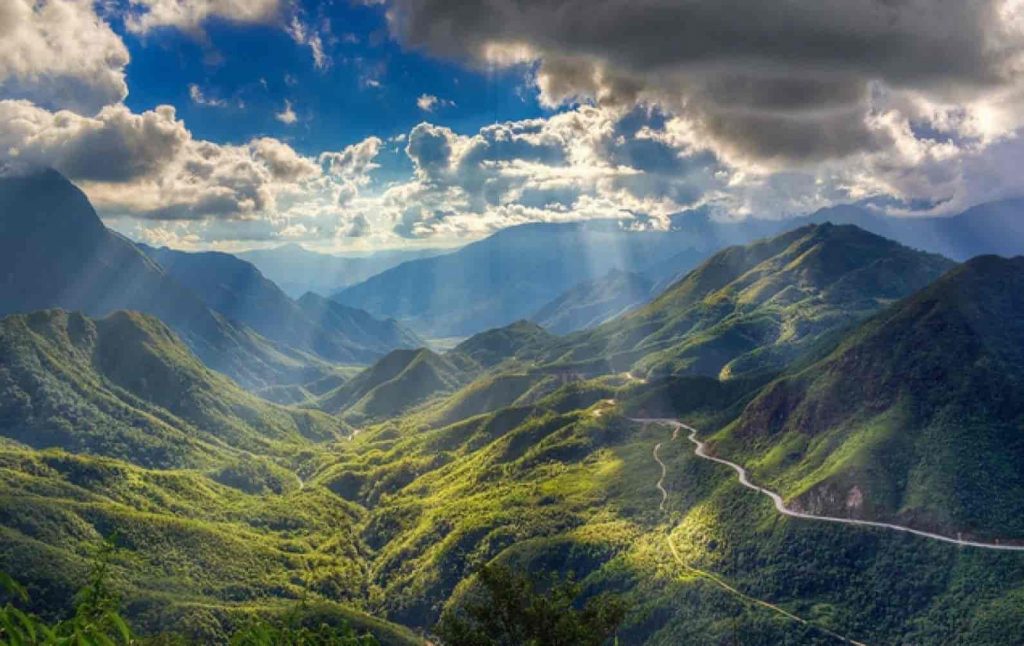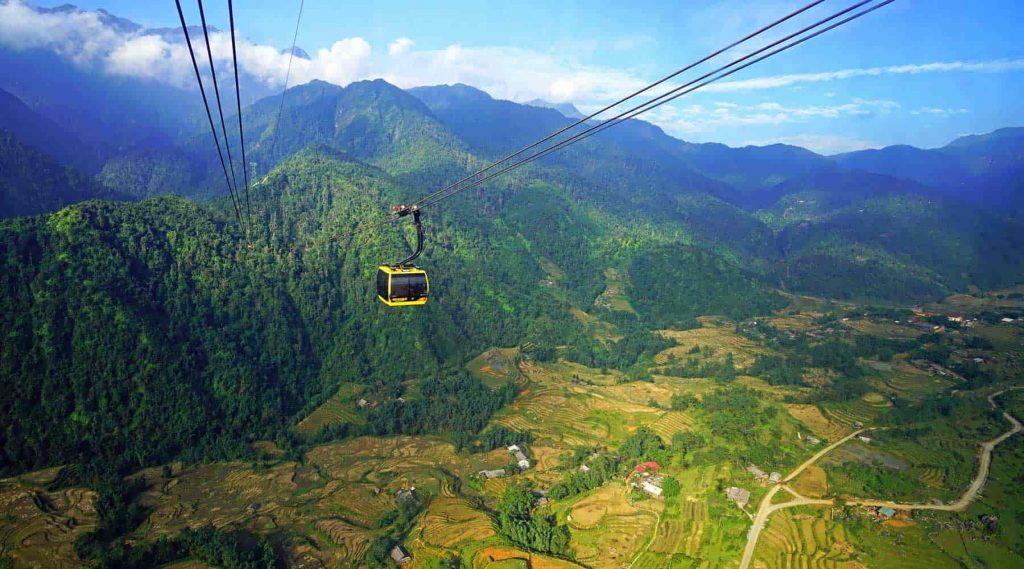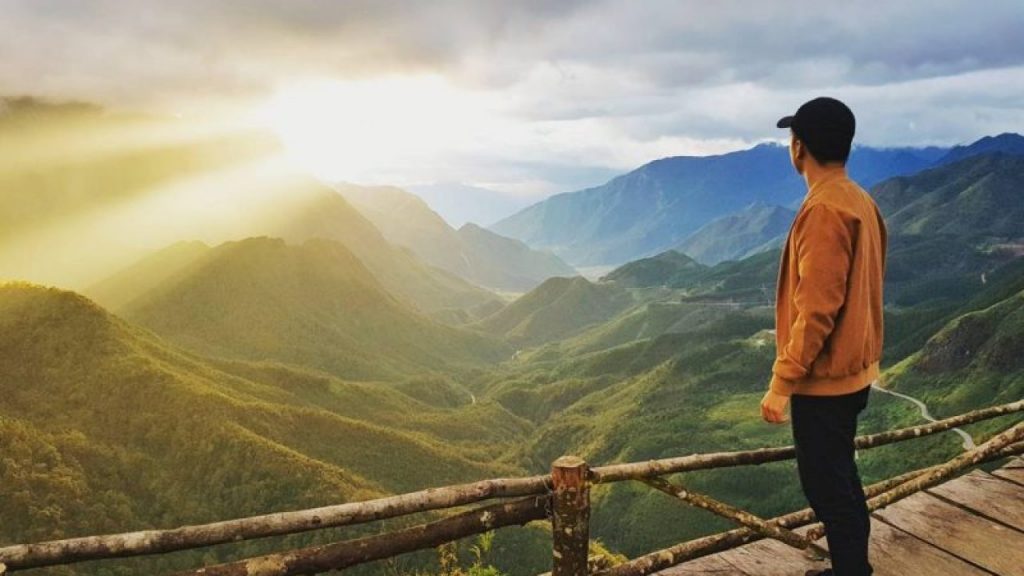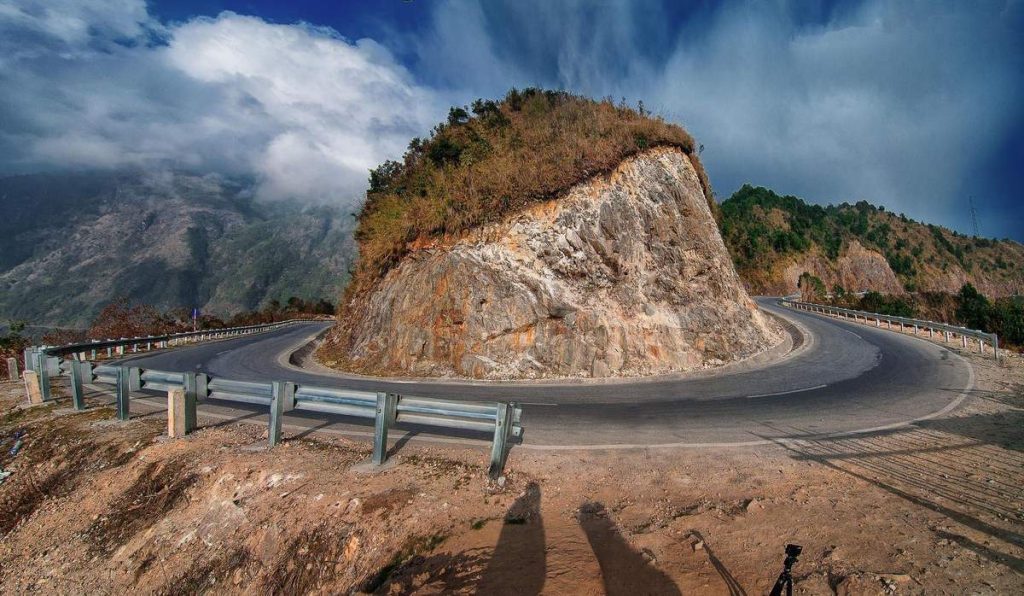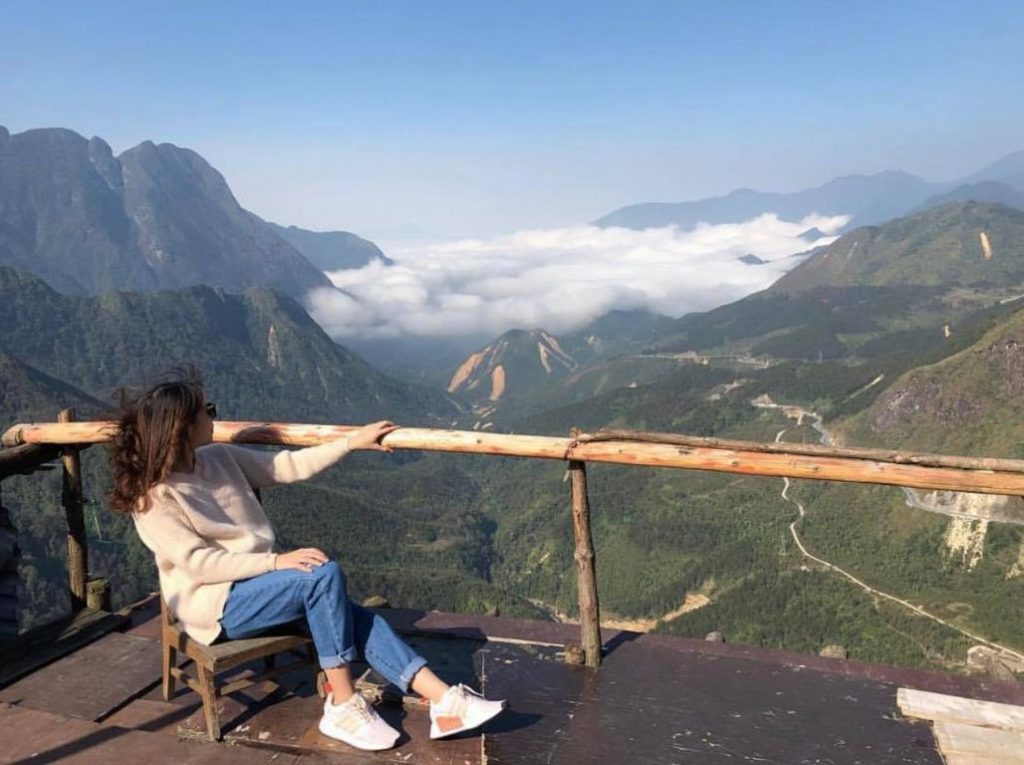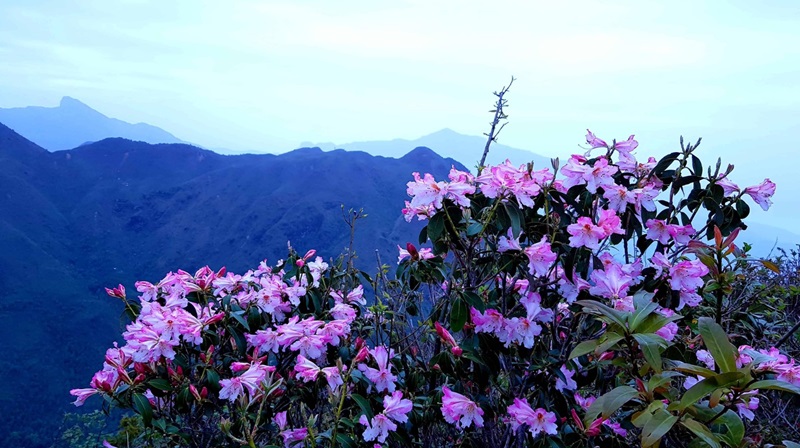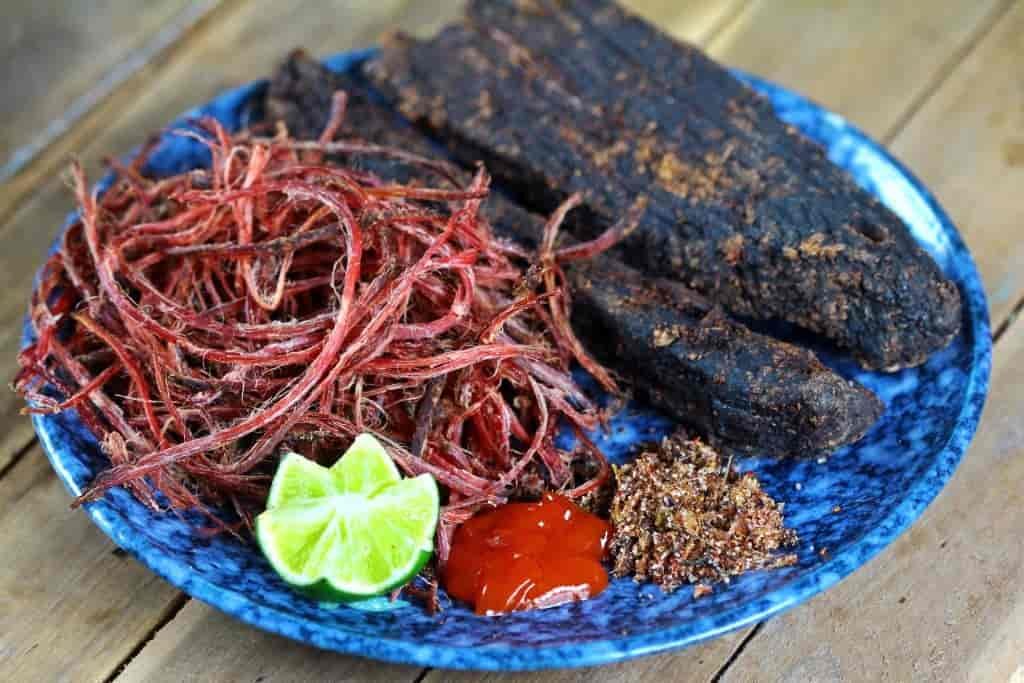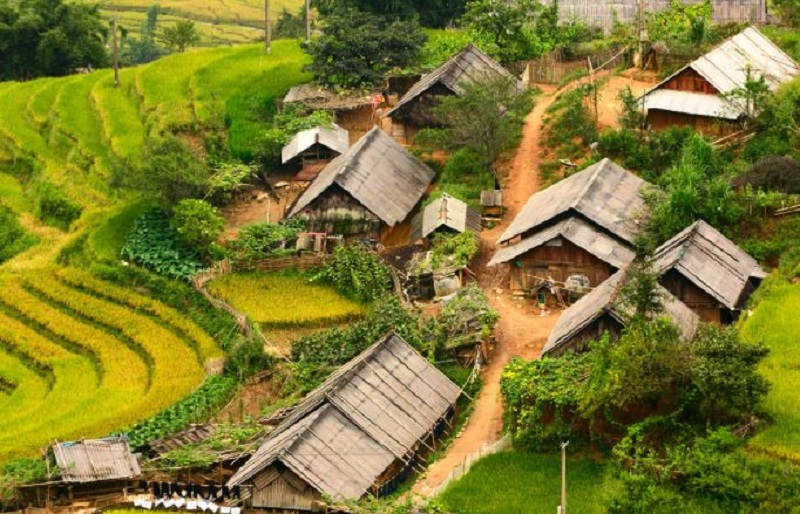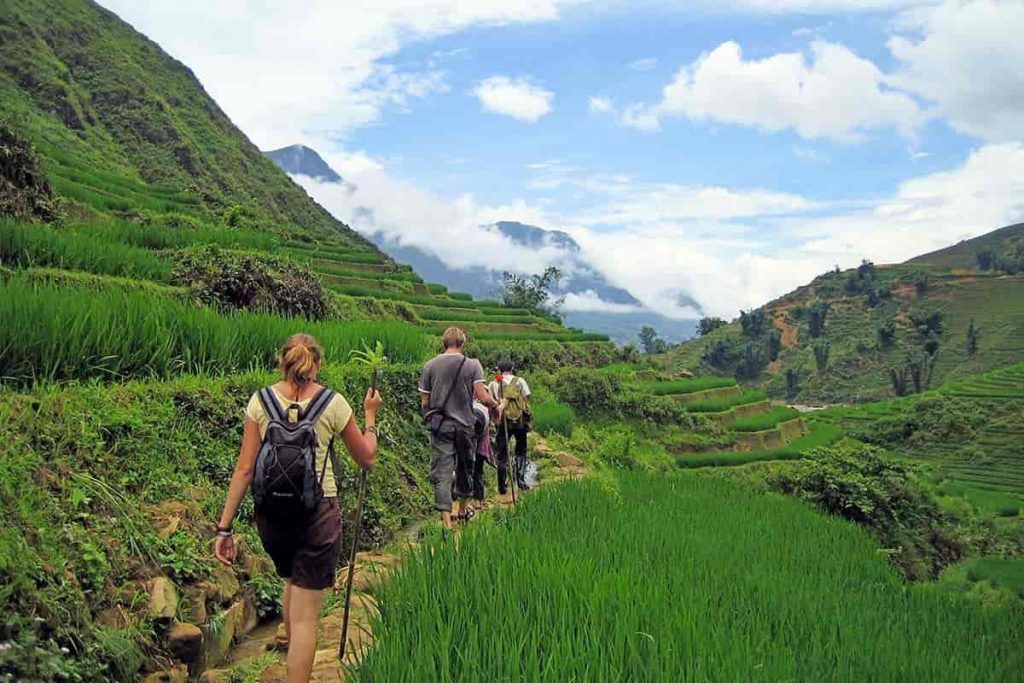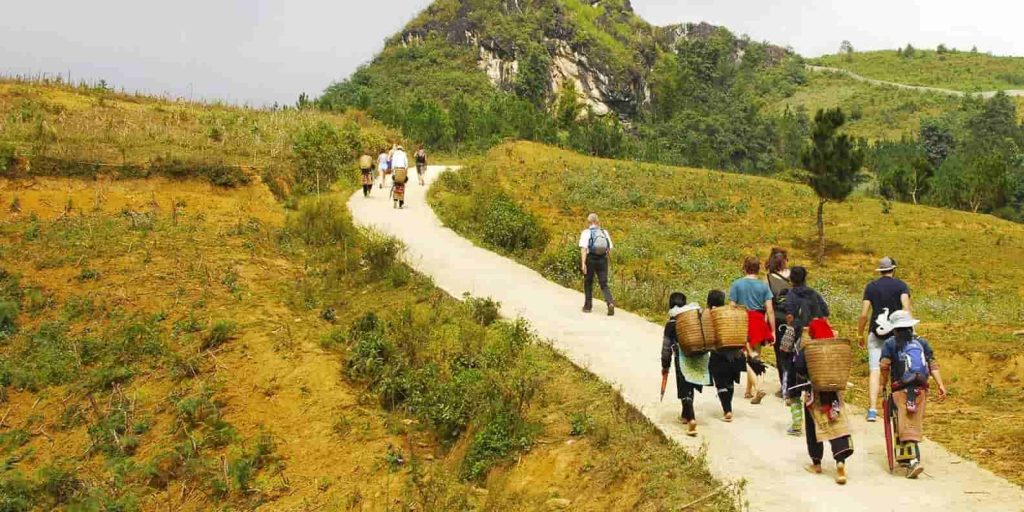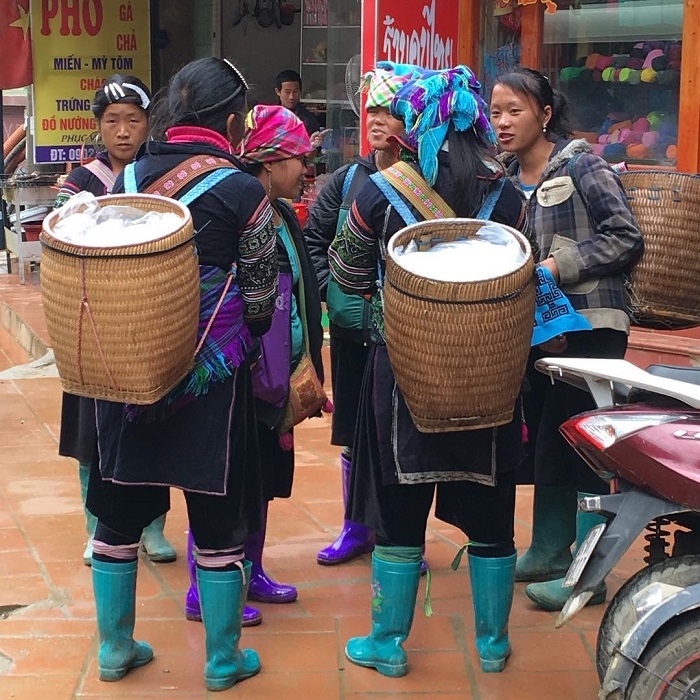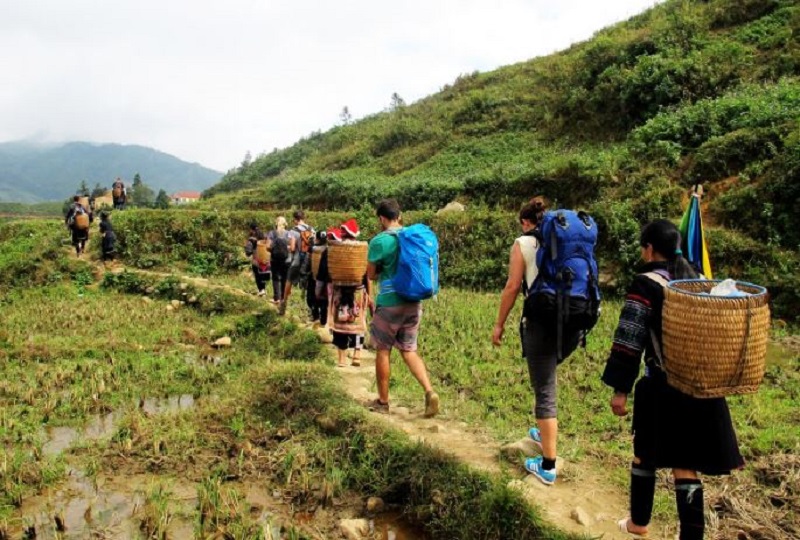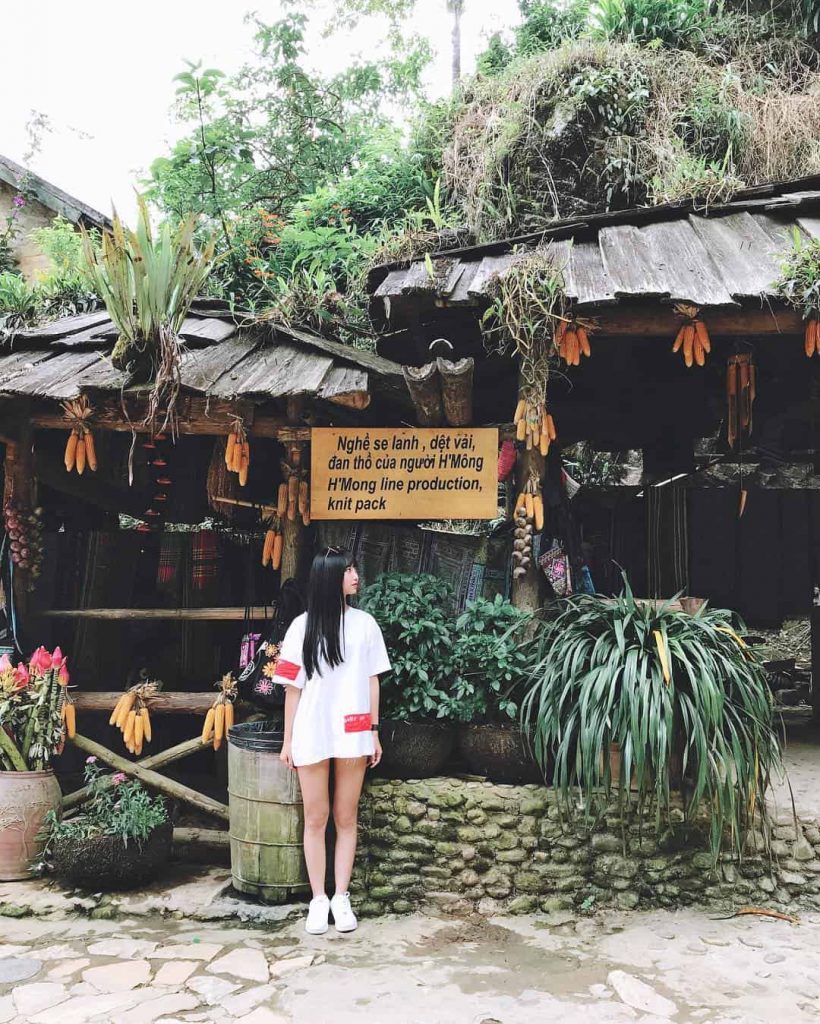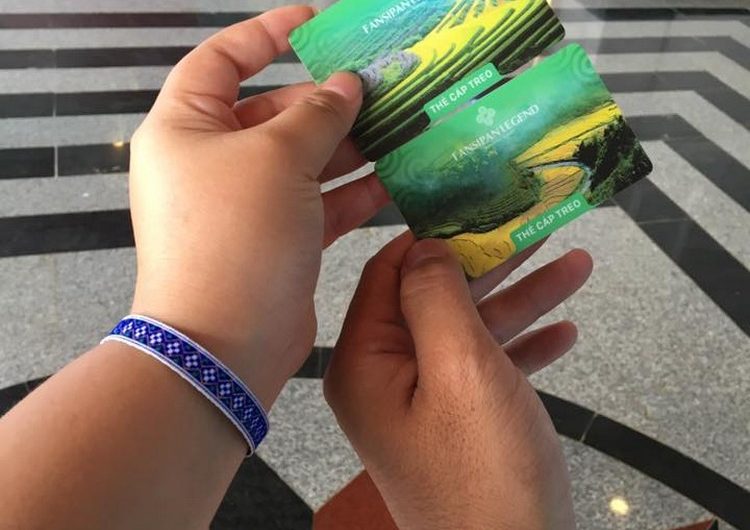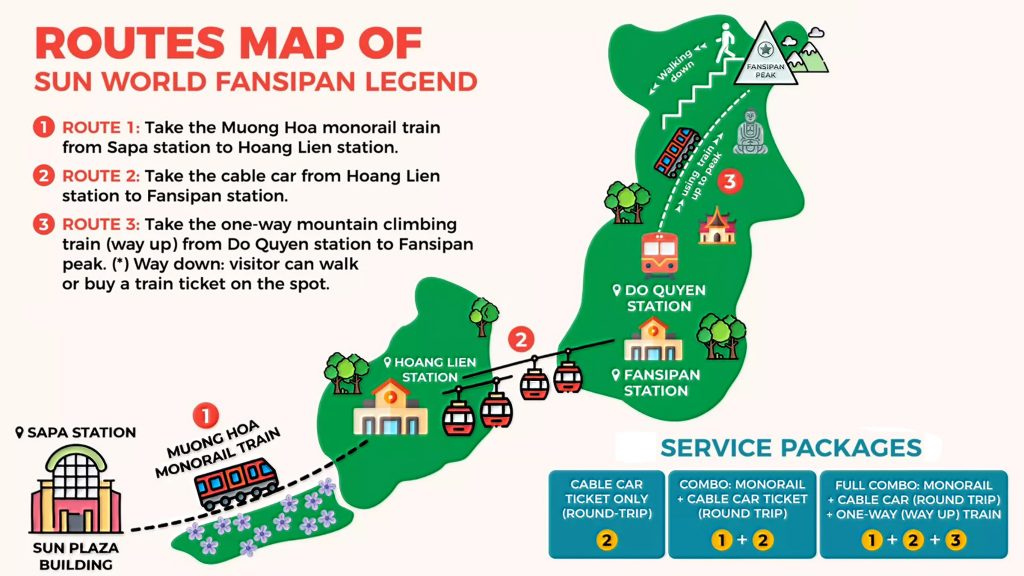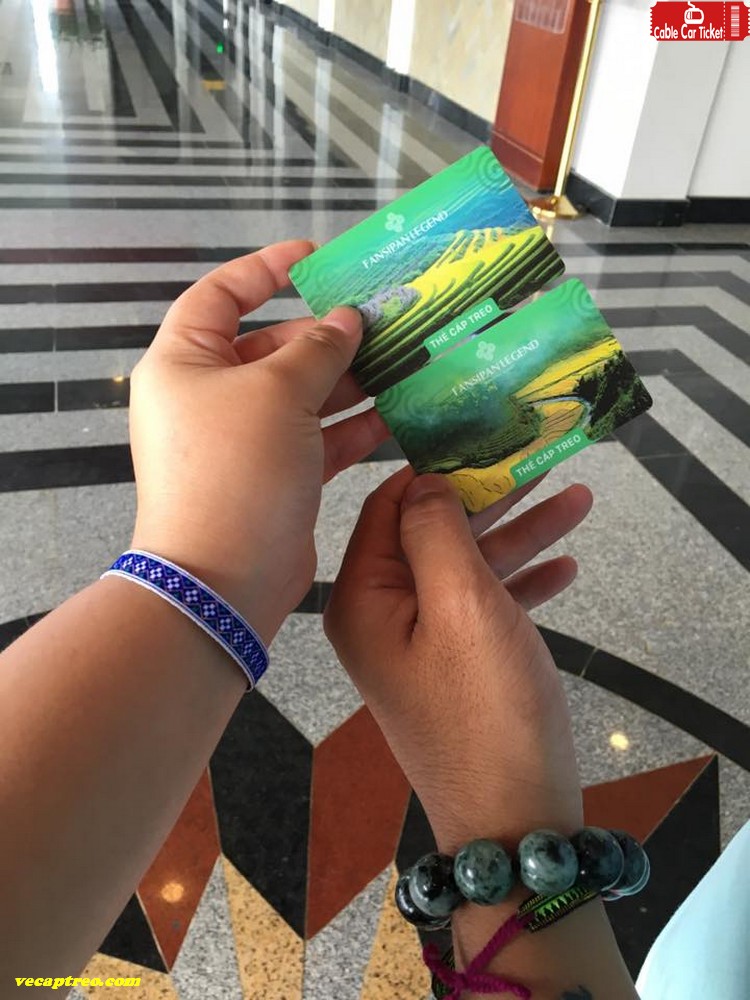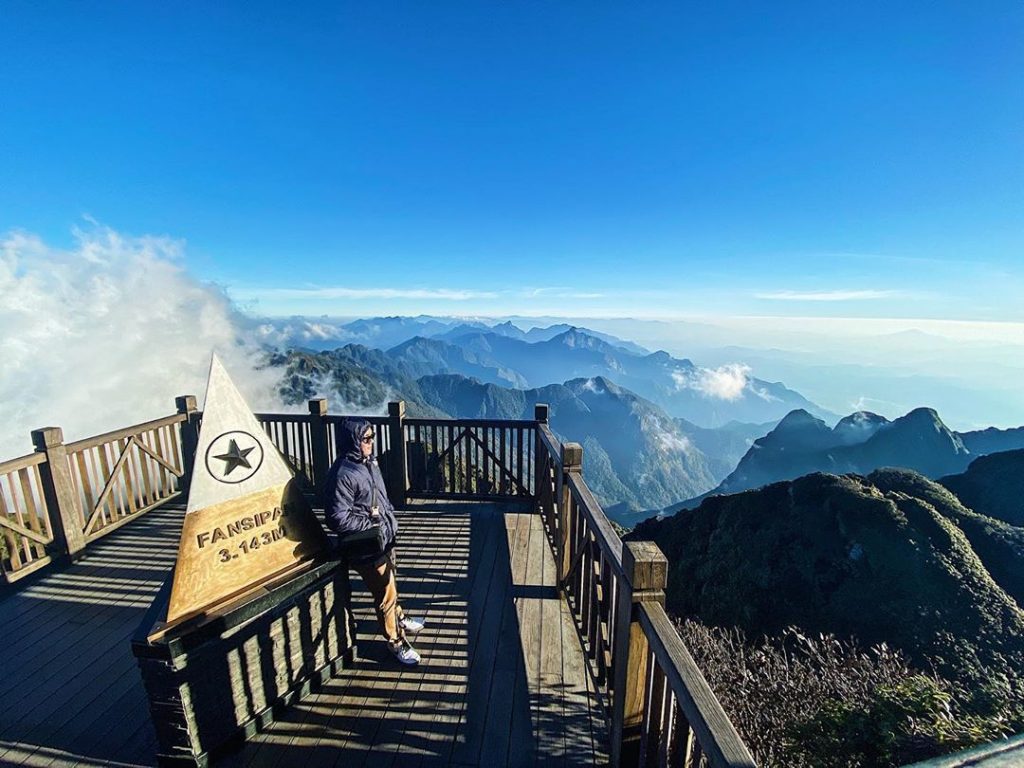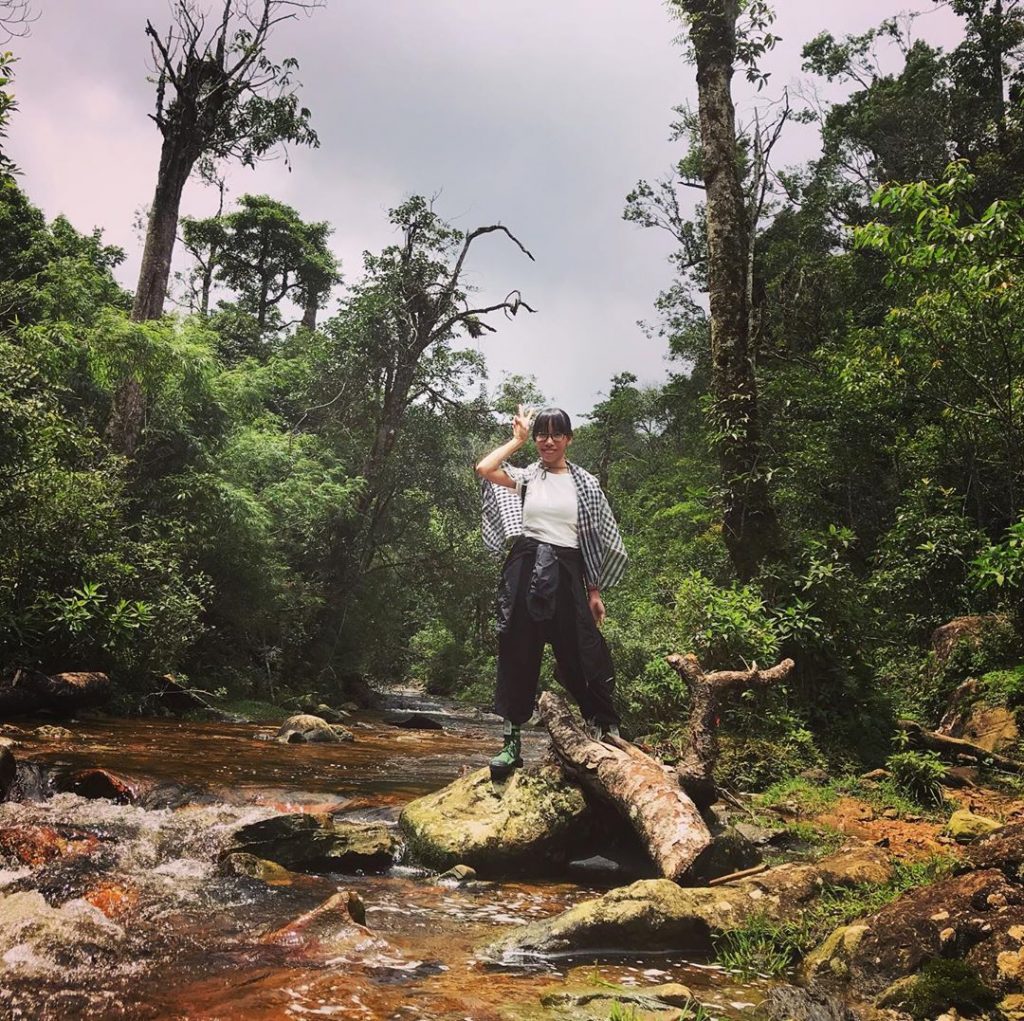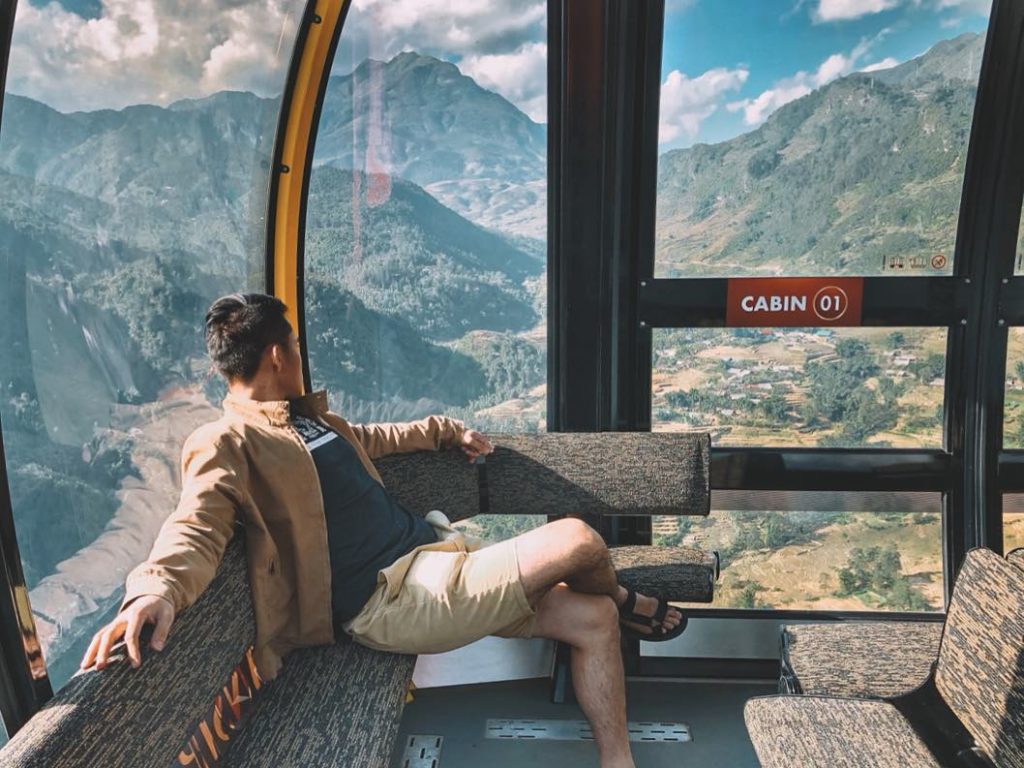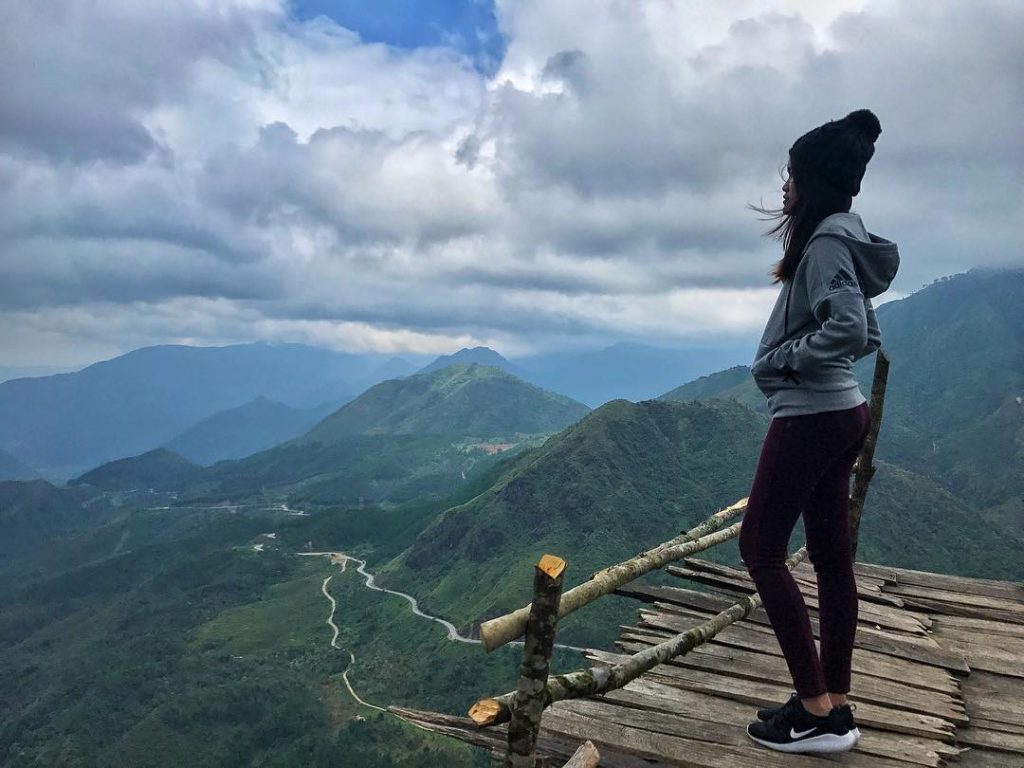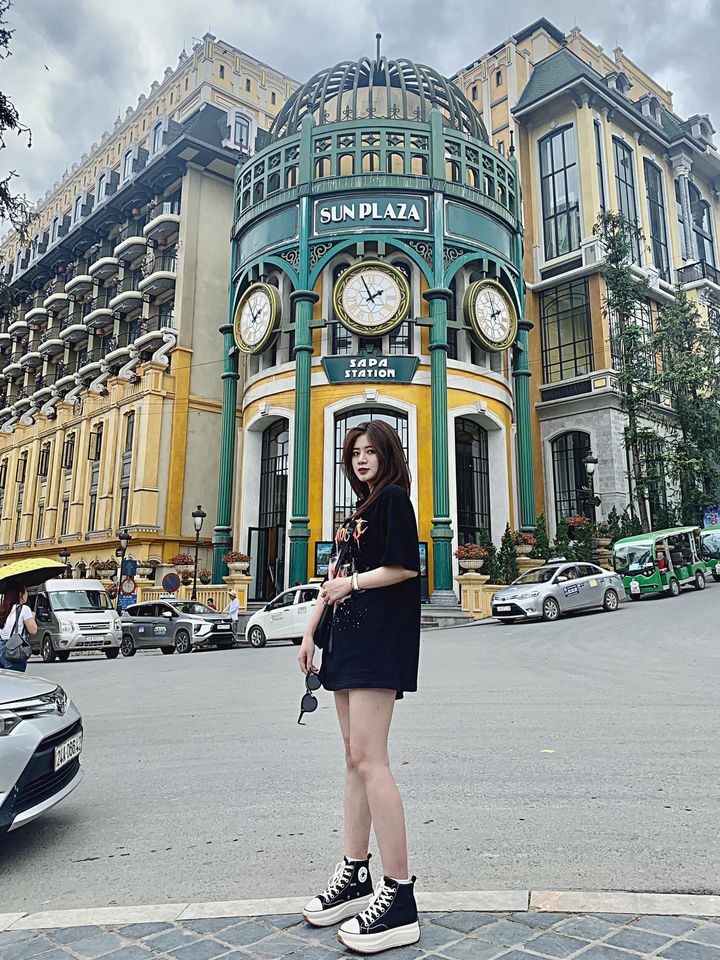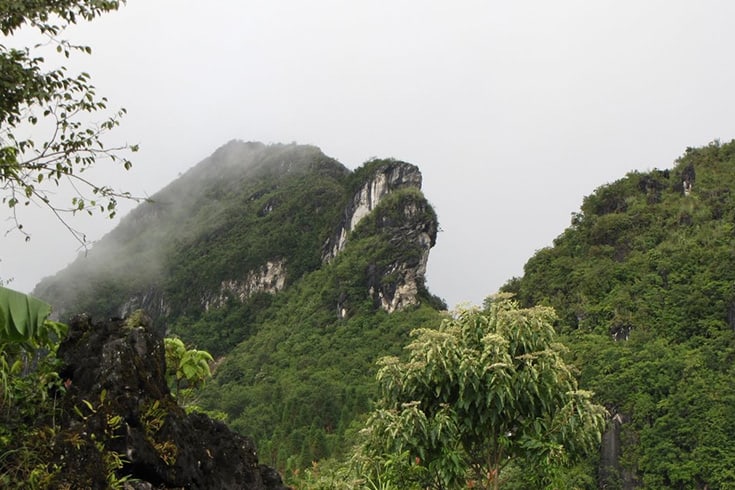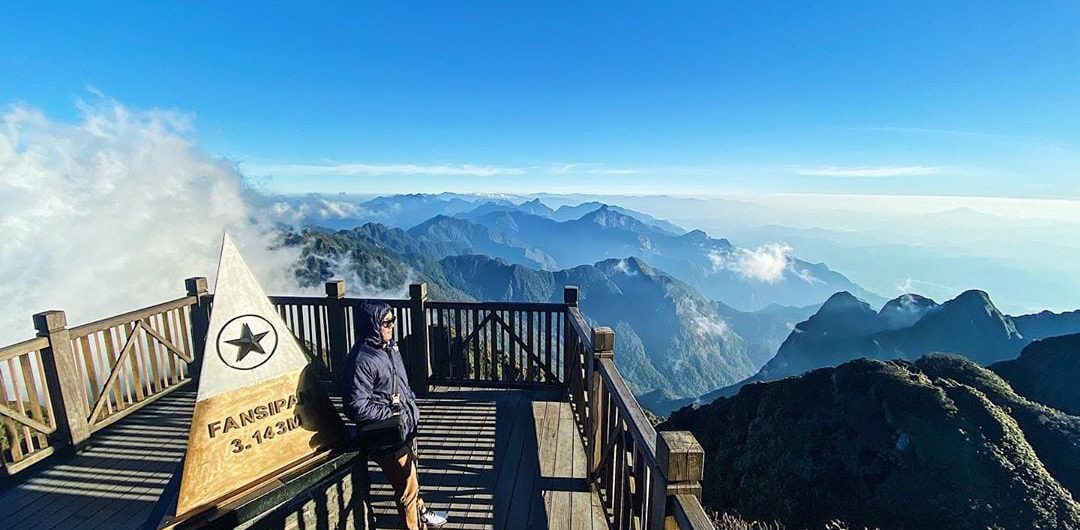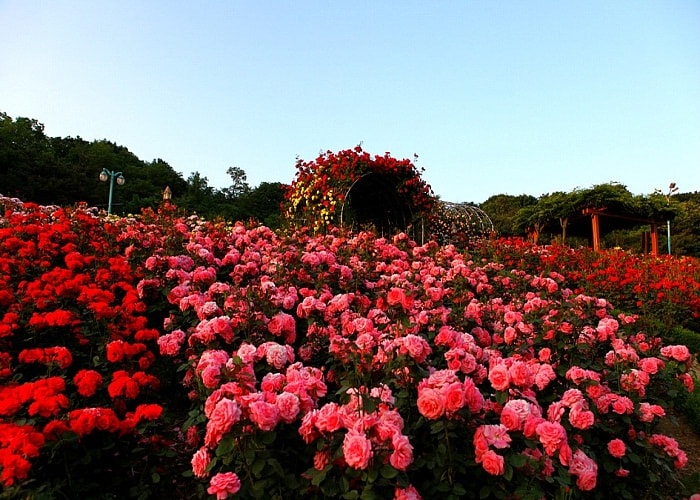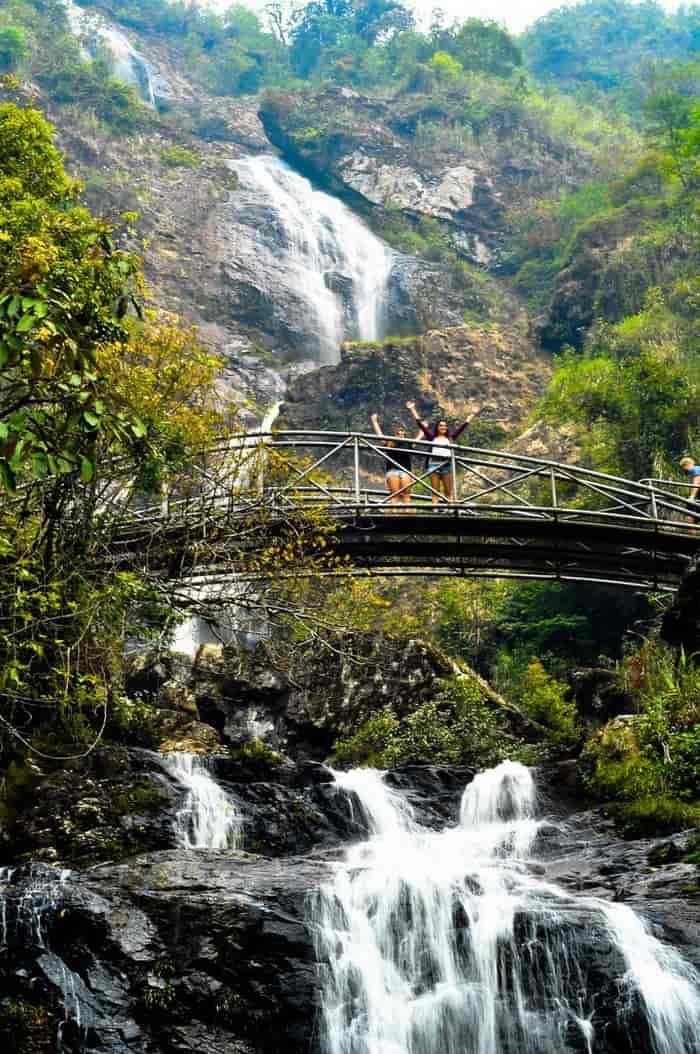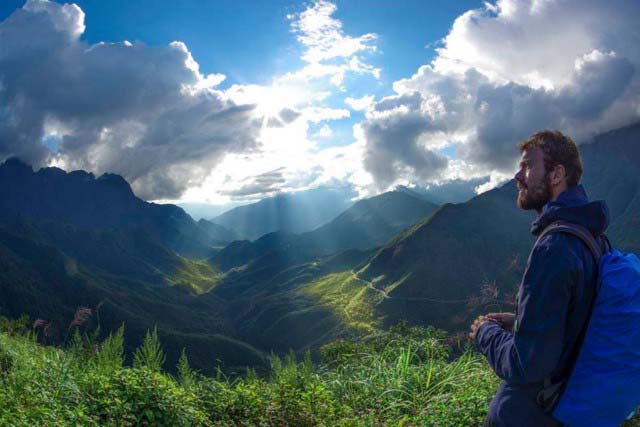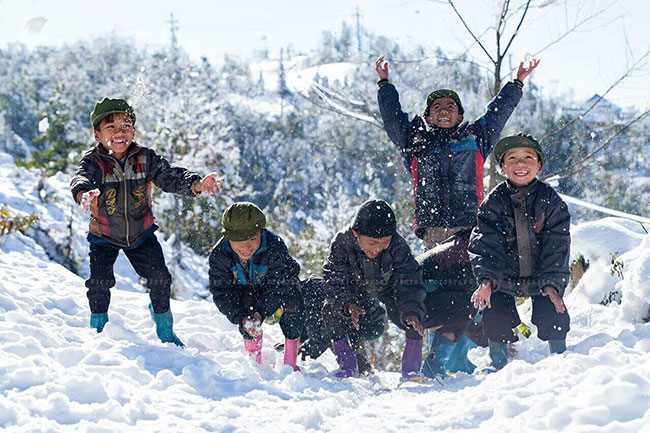Compilation of the latest updated entrance fees for all the newest locations in Sapa. Are you planning a trip to Sapa and unsure about the ticket prices for Sapa attractions? Which locations in Sapa have admission fees, and which ones are free? Below is a list of entrance fees for popular attractions in Sapa.
Fansipan Legend Sapa Tourist Area
Fansipan Sapa Cable Car Ticket and Muong Hoa Train Ticket
Cable car tickets for Fansipan for residents of 6 provinces: Lao Cai, Lai Chau, Dien Bien, Son La, Hoa Binh, Yen Bai, are priced at only 300,000 VND per round trip, applicable on all days of the week for both adults and children.
| Ticket Type | Ticket Price (VND/person) | |
| Adults | Children | |
| Round-trip cable car | 600.000 | 400.000 |
Mountain train and Muong Hoa train tickets
- Muong Hoa train tickets (round trip): 150,000 VND per ticket
- Mountain-climbing train ticket to the top of Fansipan (ascending): 150,000 VND per ticket
- Train ticket from the top of Fansipan (descending): 150,000 VND per ticket
Discounted Fansipan Combo Tickets
Fansipan Cable Car Ticket Combo + Muong Hoa Train Ticket:
| Applicable Time | Ticket Price (VND/person) | |
| Adults | Children | |
| Sunday – Friday | 750.000 | 550.000 |
| Saturday + Holidays | 800.000 | 600.000 |
Fansipan Cable Car Ticket Combo + Van Sam Restaurant Buffet:
| Applicable Time | Ticket Price (VND/person) | |
| Adults | Children | |
| Sunday – Friday | 900.000 | 650.000 |
| Saturday + Holidays | 950.000 | 700.000 |
Fansipan Cable Car Ticket Combo + Muong Hoa Train Ticket + Buffet:
| Applicable Time | Ticket Price (VND/person) | |
| Adults | Children | |
| Sunday – Friday | 1,050.000 | 800.000 |
| Saturday + Holidays | 1,100.000 | 850.000 |
On Saturday mornings, Sundays (before 12 p.m.), and on holidays or Tet (Vietnamese New Year), there is an additional charge of 50,000 VND/ticket when taking the Fansipan cable car. This surcharge is payable directly at the ticket gate. Please refer to the detailed experience of taking the Fansipan cable car and the detailed Fansipan cable car ticket prices for more useful information!
Ticket prices for various tourist destinations in Sapa:
Ham Rong Mountain:
- Adults: 70,000/person
- Children: 30,000/person
Cat Cat Village:
- Adults: 150,000/person
- Children: 70,000/person
Silver Waterfall (Thac Bac):
- Adults: 20,000/person
- Children: 10,000/person
Love Waterfall (Thac Tinh Yeu):
- Adults: 70,000/person
- Children: 30,000/person
Ta Phin Village – Sin Chai – Hau Thao:
- Adults: 40,000/person
- Children: 20,000/person
Lao Chai Village – Ta Van:
- Adults: 75,000/person
- Children: 50,000/person
Ho Village: 40,000/person Ma Tra Village: 30,000/person
Sapa Sky Gate:
- Adults: 80,000/person
- Children: 40,000/person
Dragon Clouds Bridge in Sapa:
- Adults: 500,000/person
- Children: 300,000/person
Wooden Bridge in Sapa (next to Dragon Clouds Bridge): 150,000 VND/person
Ticket to Swing Sapa: 80,000 VND/person
Ticket to Sapa Jade Hills Resort: 150,000 VND/person for 1 hour, exceeding the time will be 300,000 VND/person
Ticket to Secret Garden Homestay: 80,000 VND/person
Ticket to Sour Sop Ancient Rose Garden: 60,000 VND/person
Ticket to H’mong Rose Garden: 20,000 VND/person
Ticket to Infinity Garden: 200,000 VND/person (temporarily closed)
Ticket to Strawberry Garden in Ta Phin Village:
Entrance ticket: 30,000 VND/person
Entrance ticket + strawberry tasting in the garden: 100,000 VND/person
Check-in at the Lonely Tree on O Quy Ho Pass: 10,000 VND/person
Best View Sapa: 150,000 VND/person
Moana Sapa: 80,000 VND/person
Note: In addition to the entrance fees, some places may also charge for parking for cars and motorcycles.
Ham Rong Mountain
Ham Rong Mountain is a peak located in the Hoang Lien Son range. The name “Ham Rong” means “dragon’s jaw.” At an elevation of 1850m above sea level, it is a place for you to enjoy the beautiful landscapes of Sapa, hunt for clouds, take photos amidst vibrant flowers. The simple and romantic scenery captivates the hearts of visitors. The 2024 ticket prices for visiting Ham Rong Mountain are as follows:
- Adults: 70,000 VND/person
- Children over 1.2m: 30,000 VND/person
- Children under 1.2m: Free
Cat Cat Village
Cat Cat Village is known as one of the most beautiful ancient villages in Northwest Vietnam. Located in San Sa Ho commune, approximately 2km from the center of Sapa, it has been the home of the H’Mong people since the 19th century. The village features simple and rustic thatched-roof houses.

The picturesque scenery includes a dreamy white waterfall, ripe golden rice fields, and opportunities to explore the local life, such as beeswax drawing, traditional handicrafts, and tasting unique H’Mong dishes. The 2024 ticket prices for visiting Cat Cat Village are:
- Adults: 90,000 VND/person
- Children: 50,000 VND/person
Silver Waterfall (Thac Bac)
Silver Waterfall is approximately 15km from Sapa town, situated under O Quy Ho Pass. With a height of 200m, it is the upper source of the Muong Hoa stream at an altitude of over 1800m.
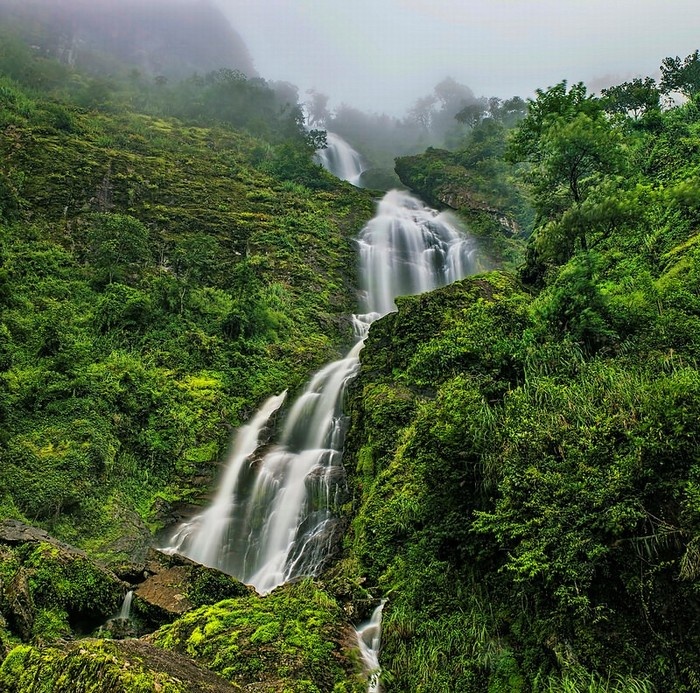
From a distance, Silver Waterfall looks like a white silk ribbon stretched across the vast sky and land. Up close, you’ll witness a powerful stream of water cascading down, creating a picturesque display of white foam resembling flowers. Each level of the waterfall offers a different emotional experience. The ticket prices for Silver Waterfall in 2024 are:
- Adults: 20,000 VND/person
- Children: 10,000 VND/person
Love Waterfall (Thac Tinh Yeu)
Love Waterfall is located in San Sa Ho commune, about 14km from the center of Sapa. With a height of 1800m above sea level, it is deep within the area of Hoang Lien National Park. The 100m-high Love Waterfall tirelessly pours water into the romantic Golden Stream.

The gentle flow of the waterfall along the diverse primeval forest creates a tranquil atmosphere. Visiting Love Waterfall feels like stepping into a martial arts novel amid the pristine mountains and forests, accompanied by the sounds of birds and rushing water. The 2024 ticket prices for Love Waterfall are:
- Adults: 75,000 VND/person
- Children: 30,000 VND/person
Ta Phin Village
Ta Phin Village is about 12km from Sapa town and is home to Dao and H’Mong ethnic communities. Visitors to Ta Phin will be enchanted by the beautiful and peaceful natural scenery, with terraced fields spreading across the hillsides. You can immerse yourself in the local life, explore the cultural beauty, or experience the traditional medicine bath of the Red Dao people and enjoy local cuisine. The 2024 ticket prices for visiting Ta Phin Village – Sin Chai – Hau Thao are:
- Adults: 40,000 VND/person
- Children: 20,000 VND/person
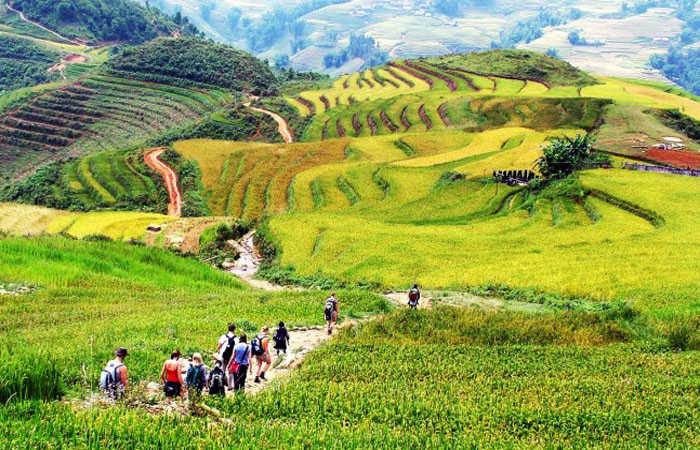
Lao Chai Village – Ta Van
Lao Chai – Ta Van is the residence of various ethnic groups such as the H’Mong, Red Dao, and Giay, approximately 7km from the center of Sapa. Lao Chai – Ta Van exudes a simple beauty, offering visitors terraced fields with golden hues and the oldest village in Ta Van.
A peaceful stroll along the path next to the Muong Hoa stream, amidst the lush forest, provides an unforgettable experience. The 2024 ticket prices for Lao Chai remain unchanged from previous years:
- Adults: 75,000 VND/person
- Children: 50,000 VND/person
Ho Village
Ho Village retains its original pristine beauty, surrounded by the beautiful Muong Hoa stream, lush terraced fields, and peaceful thatched houses. Visiting Ban Ho, tourists can enjoy the fresh air, immerse themselves in the majestic and wild landscapes of the Northwest mountains, and savor delicious Tày ethnic dishes. The ticket prices for Ban Ho Village are:

- Adults: 40,000 VND/person
Ban Ma Tra
Ma Tra is a small village of the H’Mong people, located about 5km from the center of Sapa. The Ma Tra – Ta Phin tourist route is attractive to many visitors. In addition to admiring the beautiful scenery of Ma Tra village, tourists can visit lush strawberry gardens and explore the local life. The 2024 ticket prices for Ma Tra Village are:
- Adults: 30,000 VND/person
Sapa Sky Gate
Sapa Sky Gate is located at the peak of O Quy Ho Pass, one of the four great mountain passes in Vietnam, at an altitude of 2035m above sea level. From Sapa Sky Gate, visitors can feel the majestic beauty of the Fansipan peak in the sky, below which are vast primeval green forests. The sight of terraced fields stretching along the hillsides and mountains provides a breathtaking view. It is an ideal location for impressive photographs. The 2024 ticket prices for Sapa Sky Gate are:
- Adults: 80,000 VND/person
- Children: 40,000 VND/person
Dragon Clouds Bridge in Sapa
The Dragon Clouds Bridge, also known as the Sapa Sky Gate Bridge, is situated in the Rong May tourist area, approximately 18km from Sapa. Although the ticket prices for the Dragon Clouds Bridge are relatively high in 2024, the experience is well worth it.
The Dragon Clouds Bridge complex includes a walkway inside the mountain, a glass elevator system, and a bridge built to international standards. The highest point of the bridge is 2200m, protruding 60m from the mountain wall, creating a strong sense of excitement for visitors. Standing before the backdrop of mountains, winding mountain roads, white waterfalls, and terraced fields, visitors can playfully interact with the clouds and mountains. The 2024 ticket prices for the Dragon Clouds Bridge are:
- Adults: 500,000 VND/person
- Children: 300,000 VND/person
Wooden Suspension Bridge in Sapa
The Wooden Suspension Bridge is located in the area of the Dragon Clouds Bridge in Sapa. With a length of 200m and a total of 171 wooden steps, this bridge offers an adventurous experience for thrill-seekers, allowing them to admire the majestic panorama of the Hoang Lien Son mountain range. Visitors are provided with protective clothing, helmets, and safety ropes to ensure their safety during the tour. The 2024 ticket prices for the Wooden Suspension Bridge are:
- Adults: 100,000 VND/person
Free Tourist Attractions in Sapa
- Stone Church: Built in 1895, located in the center of Sapa town, the Stone Church is considered the most intact French architectural landmark that has survived.
- Sapa Ancient Rock Field: Discovered for over 100 years, this ancient rock field covers an area of about 8 km² with nearly 200 large rocks. It is situated approximately 8 km southeast of the center of Sapa. It attracts an increasing number of visitors for sightseeing and photography.
- Sapa Museum: Open every day of the week, the museum offers free admission to all visitors. It serves as a repository of cultural, life, and human details specific to Sapa and the Northwest region in general.
- Sapa Cave: Admission is free for those who have purchased tickets to visit Lao Chai – Ta Van village.
- Sapa Night Market: Operational since 2017, the night market is not only a place for sightseeing and buying souvenirs but also a spot to enjoy the cuisine and culture of the ethnic people in the highlands of Northwest Vietnam.
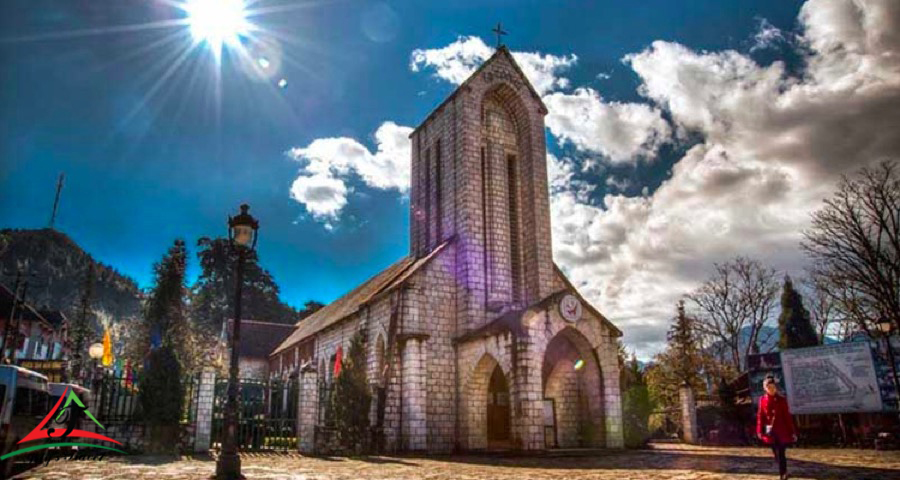
- Purple Flower Hill in Sapa: The purple flower hill features the flowers of the horse tail grass or Mexican aster. You can check in during the purple flower season in Sapa, which occurs from April to the end of June every year.
- Cloud Bridge in Ta Van: Many people confuse the Cloud Bridge in Ta Van with another one in Giang Ta Chai. You can rent a motorbike or join a tour to come here for photography and check-in.
- Victoria Sapa Stone Slope: This famous slope is closely associated with the Victoria Resort, located in the center of Sapa town.
- Ancient Monastery in Ta Phin: Located in Ta Phin village, this ancient monastery has been abandoned since 1975. Despite its abandonment, it still attracts tourists with its French architectural charm and mystery.
- O Long Tea Hill: In spring, the road to O Long Tea Hill is covered in the pink hues of Sapa cherry blossoms. Alongside, you’ll find the green color of the foliage and the captivating beauty of the tea hill. It is a popular attraction from January to March every year.
DanangPrivateCar.com’s hopes that you have obtained information about Sapa entrance fees, mandatory ticketed attractions when visiting Sapa, and free tourist attractions. If you have any requests for booking a travel car to move to Sapa, please do not hesitate to contact us via Email: info@danangprivatecar.com or WhatsApp: +84886660396.

